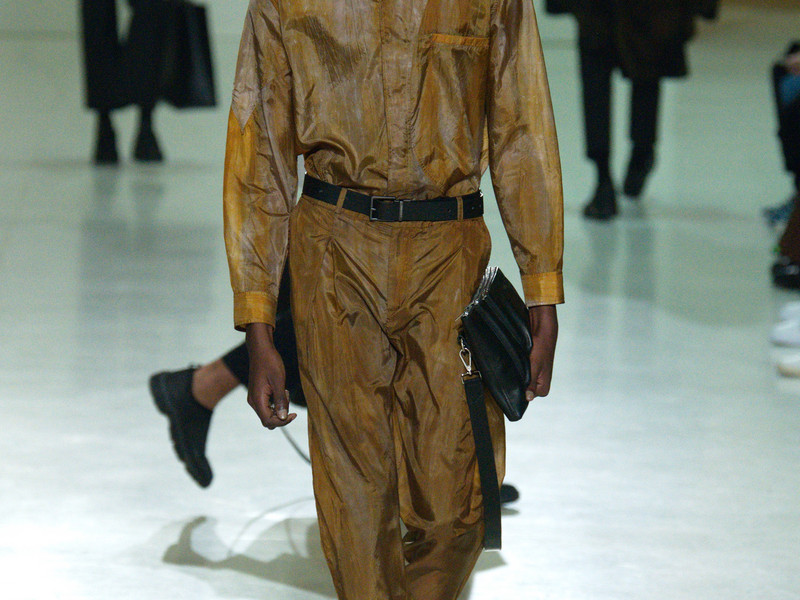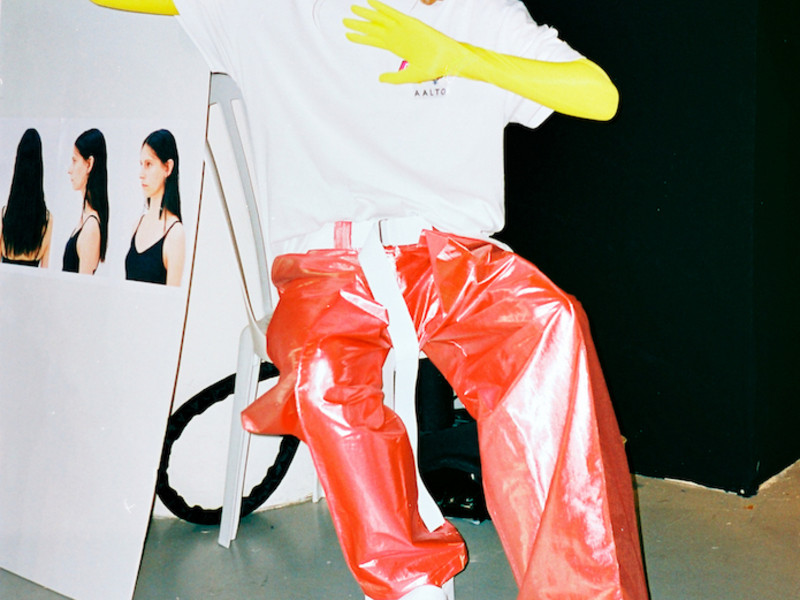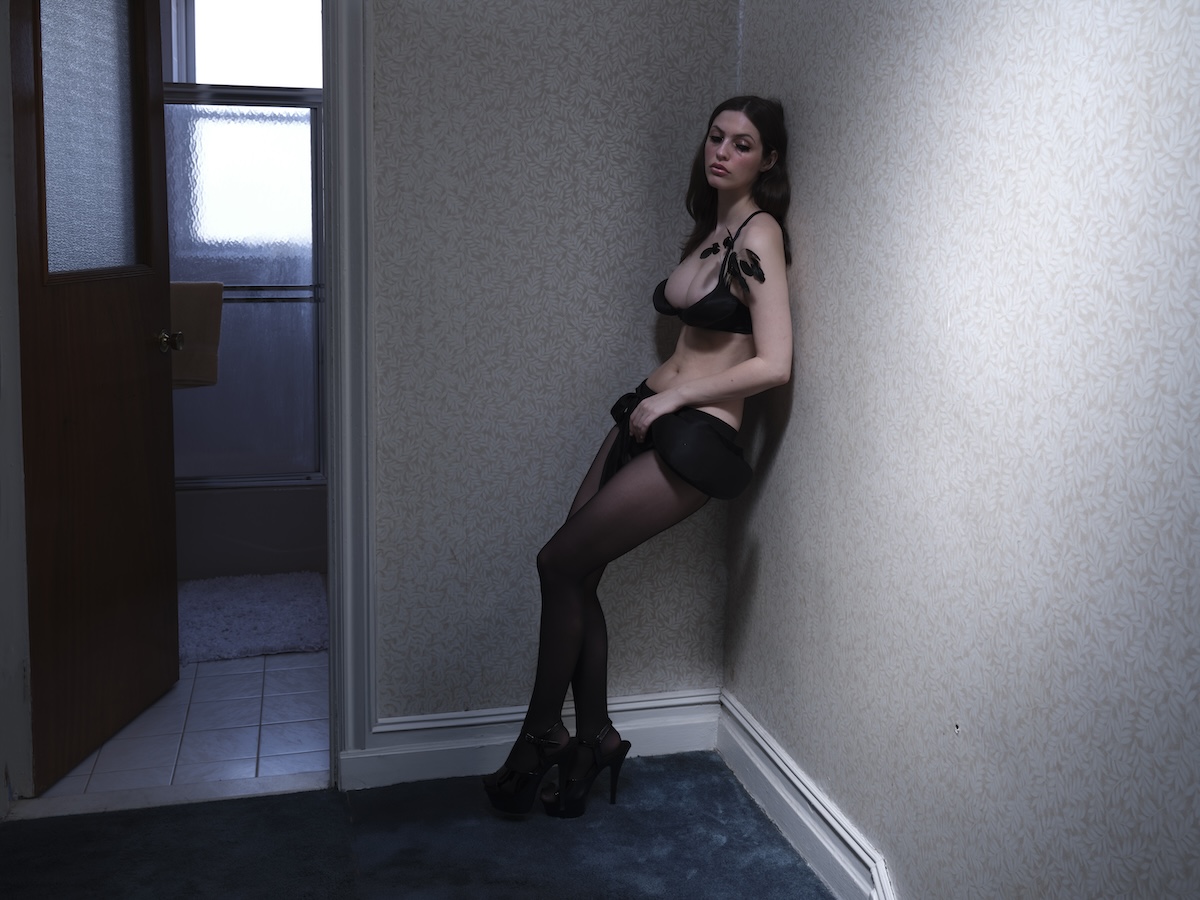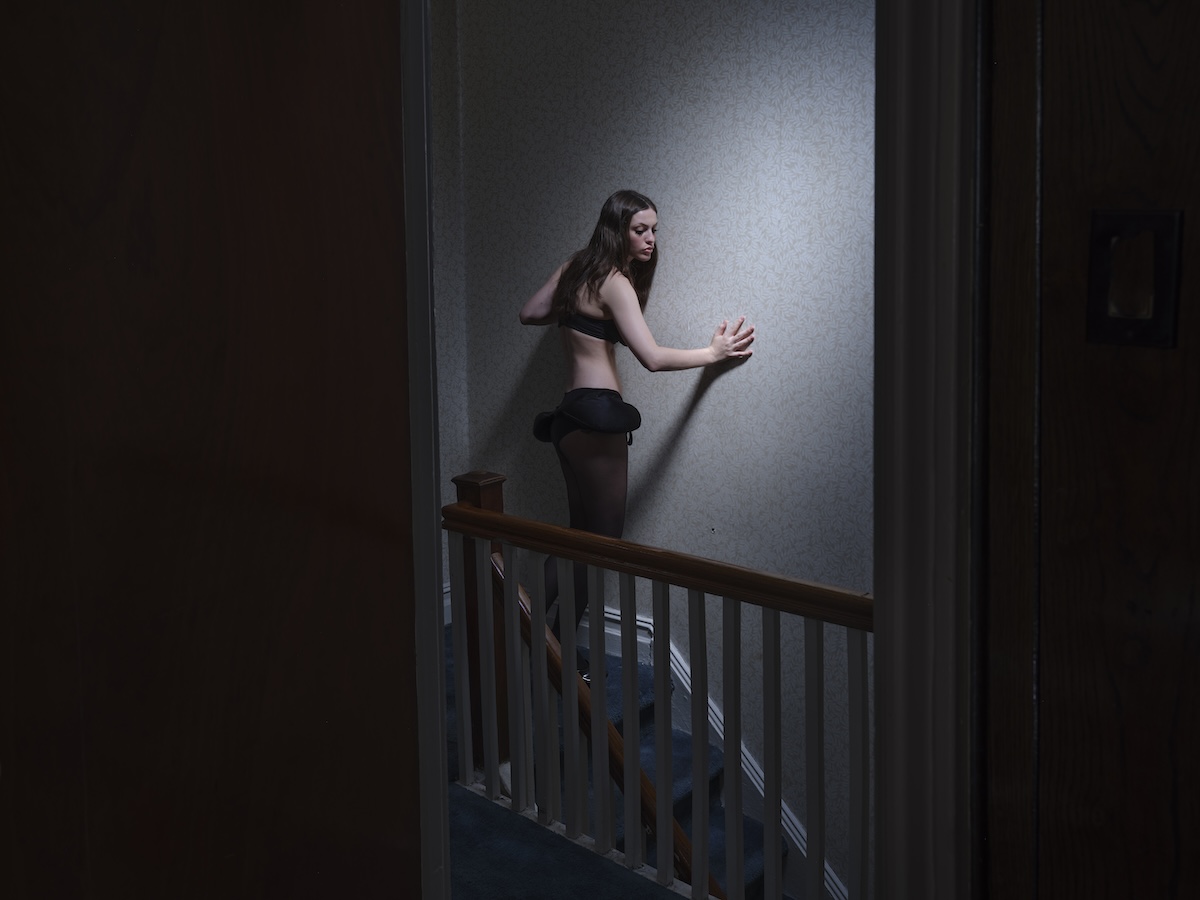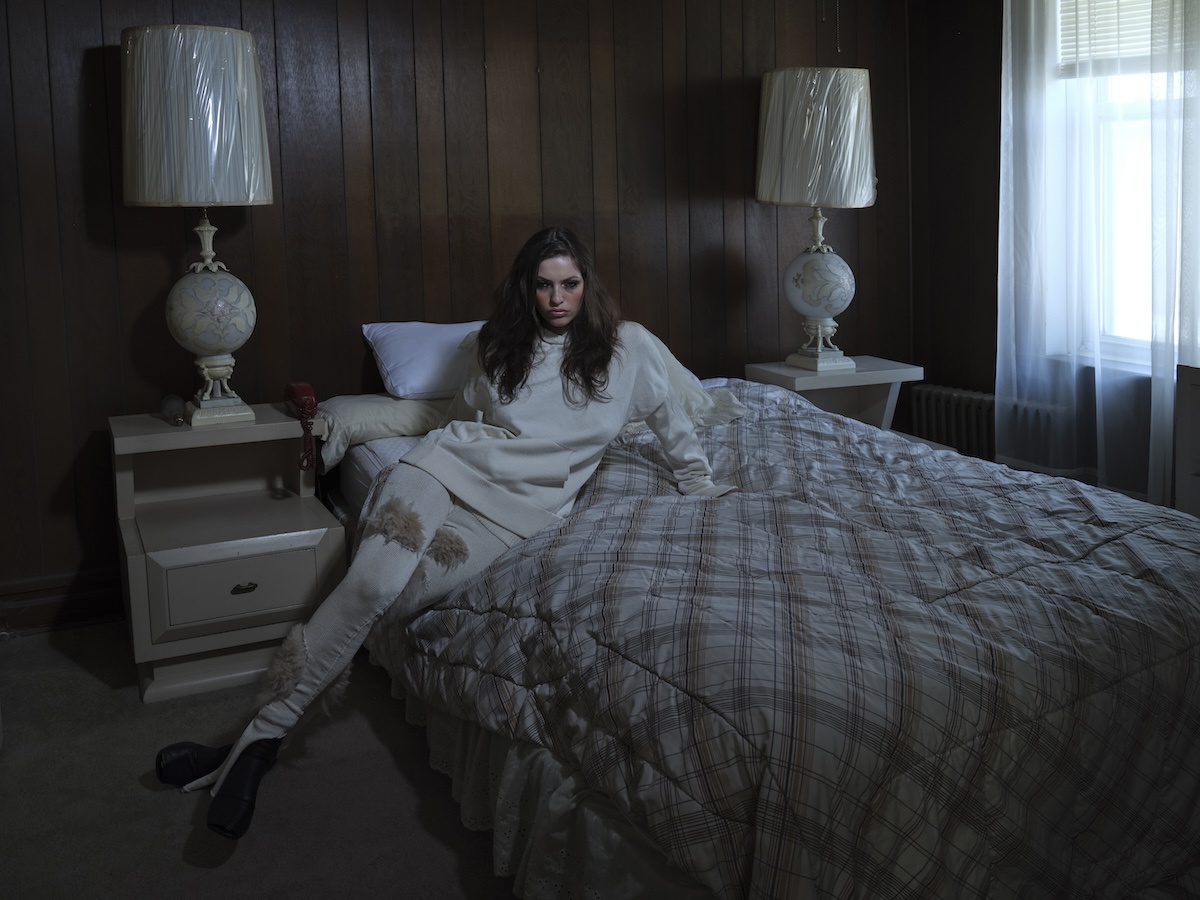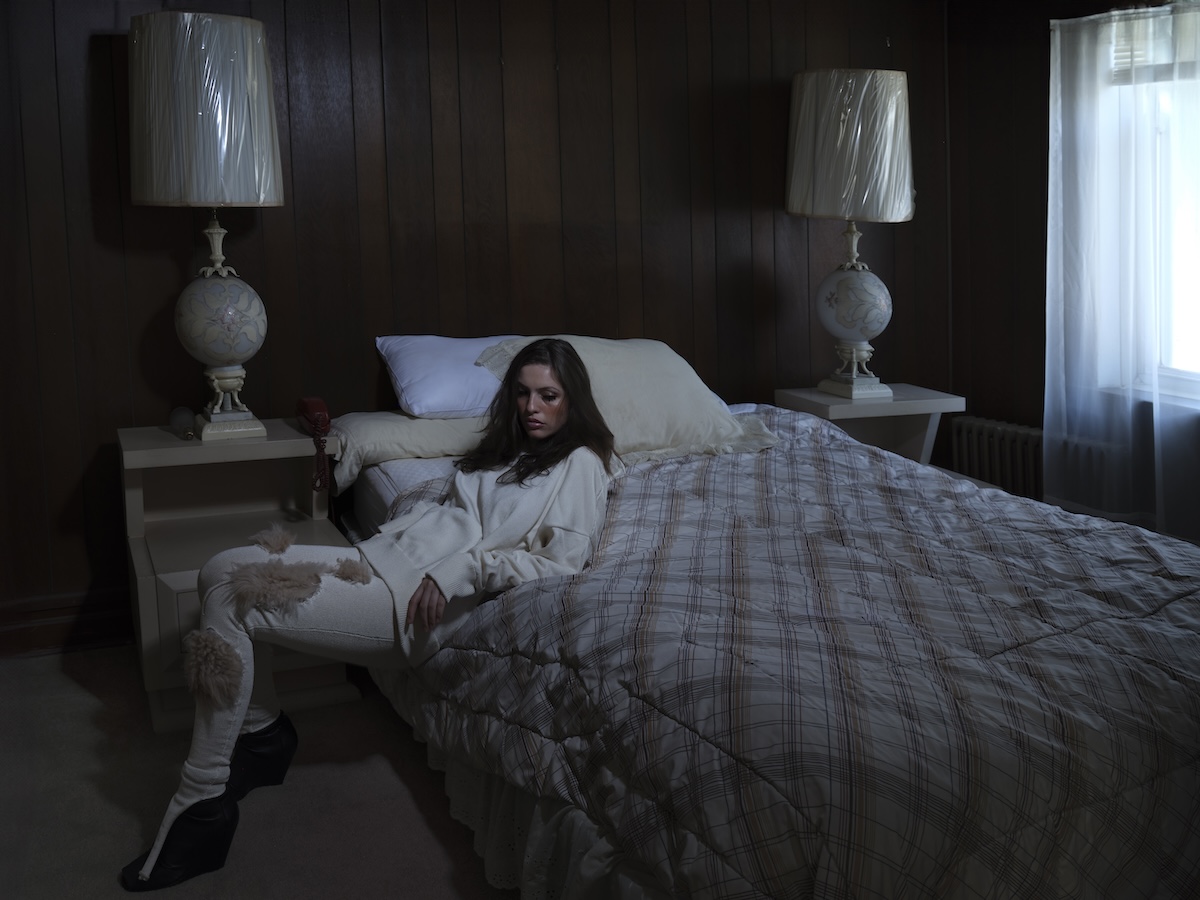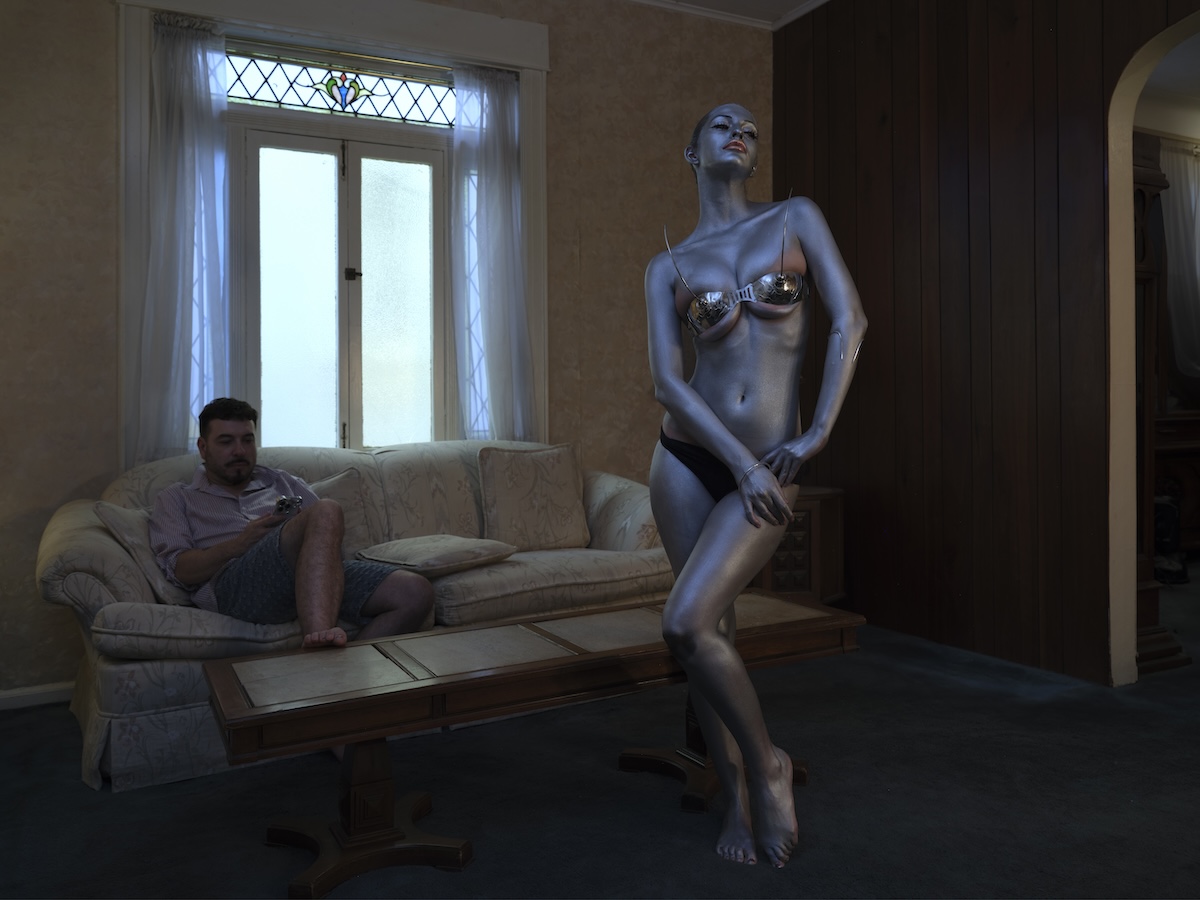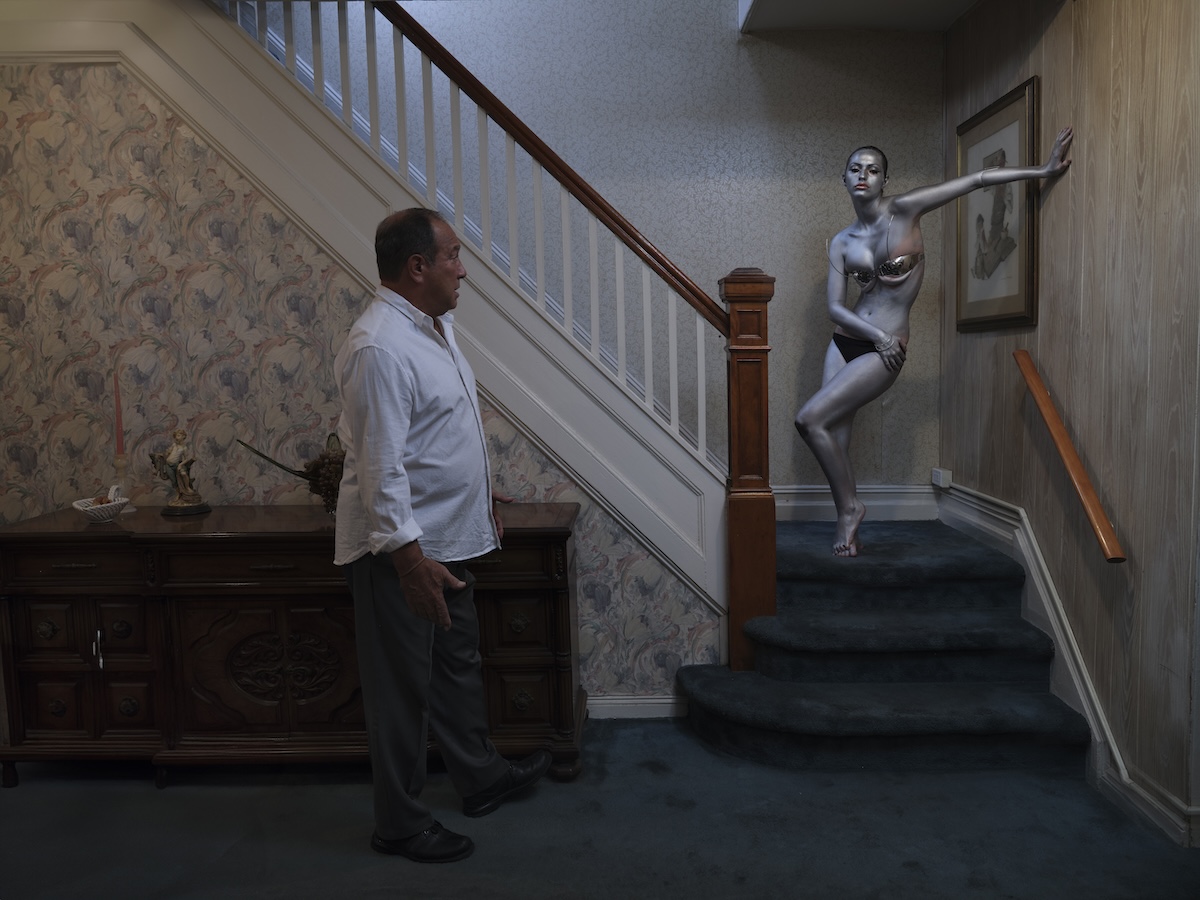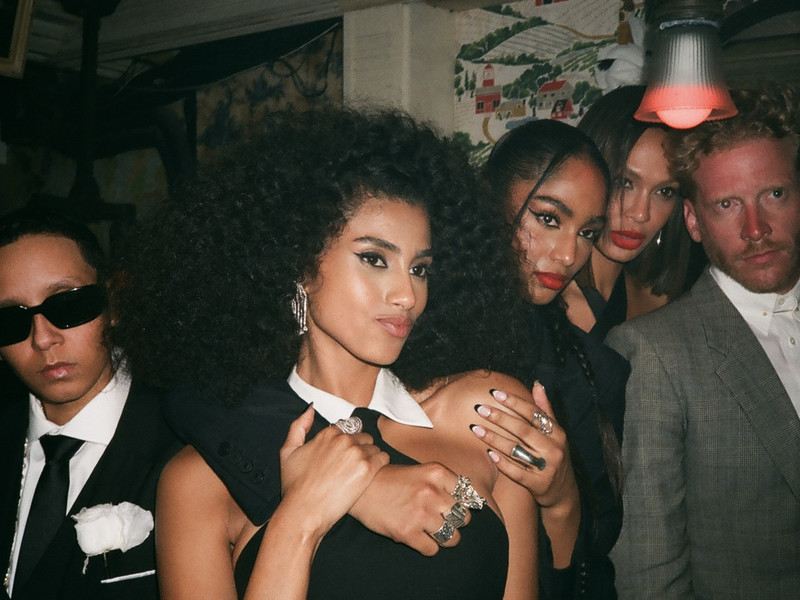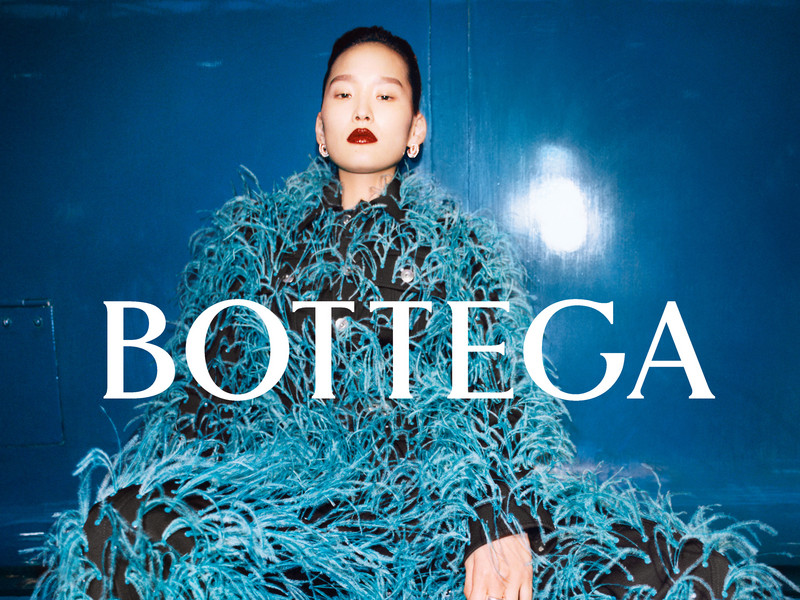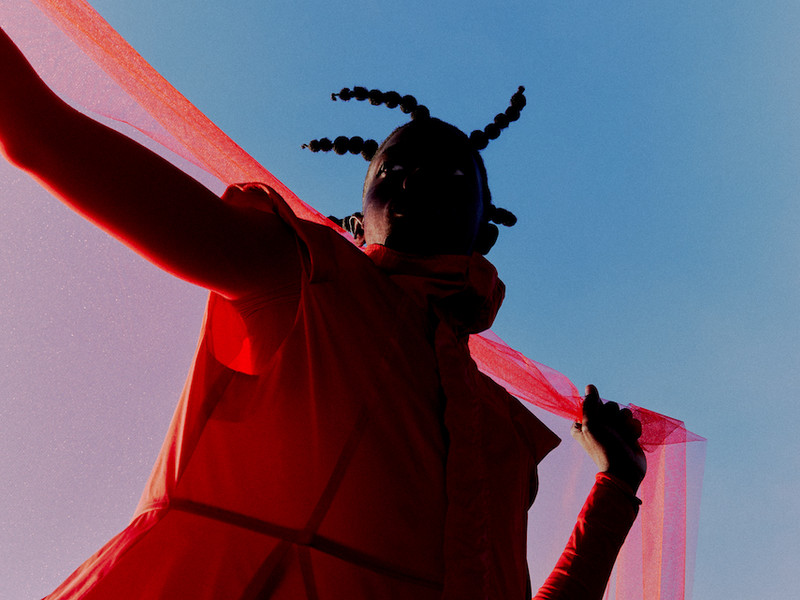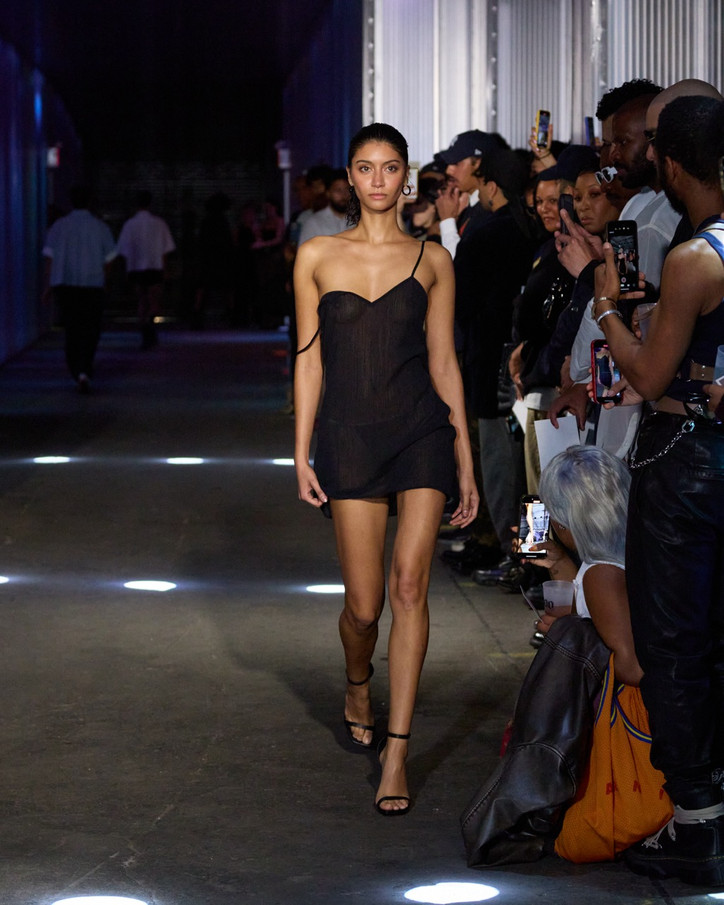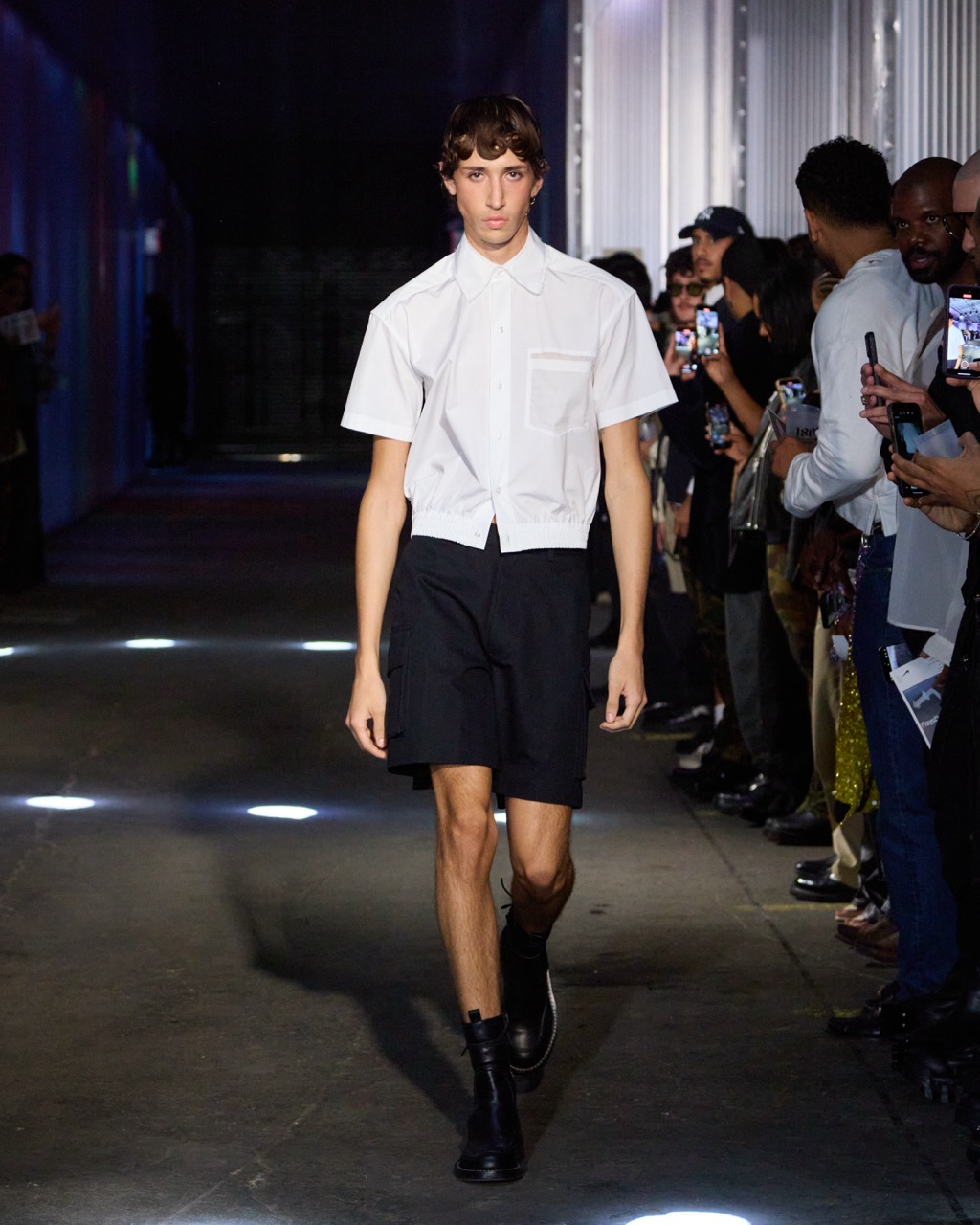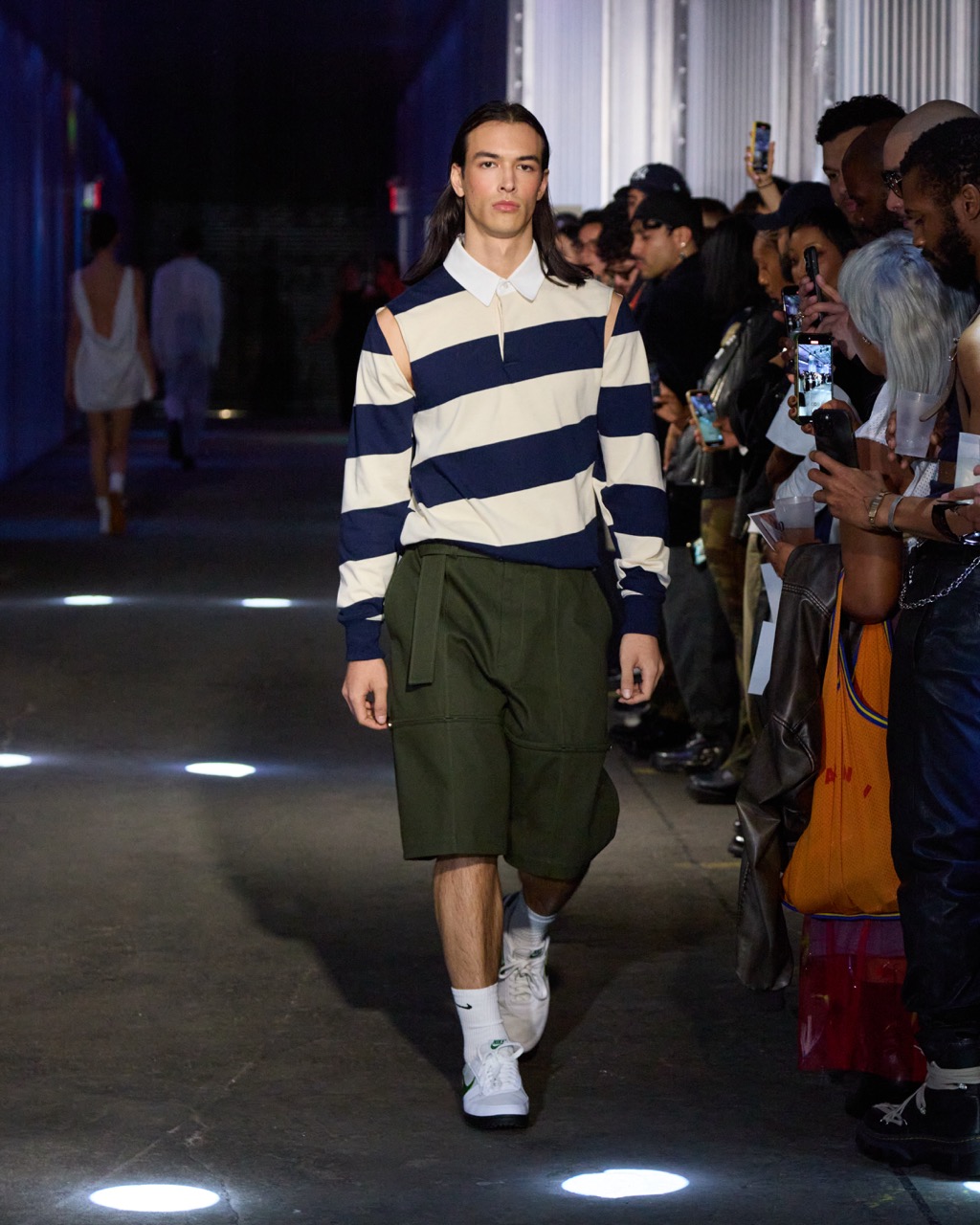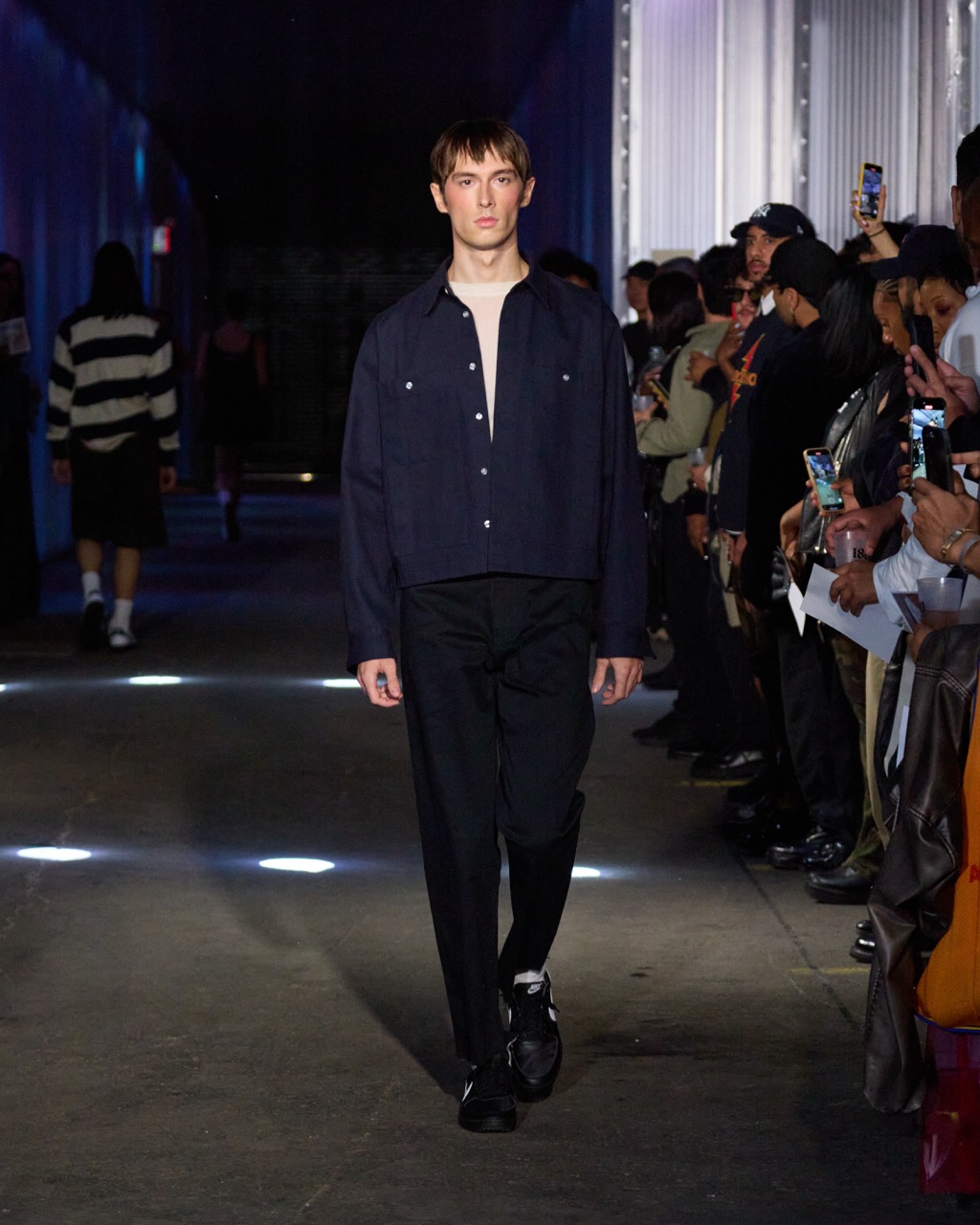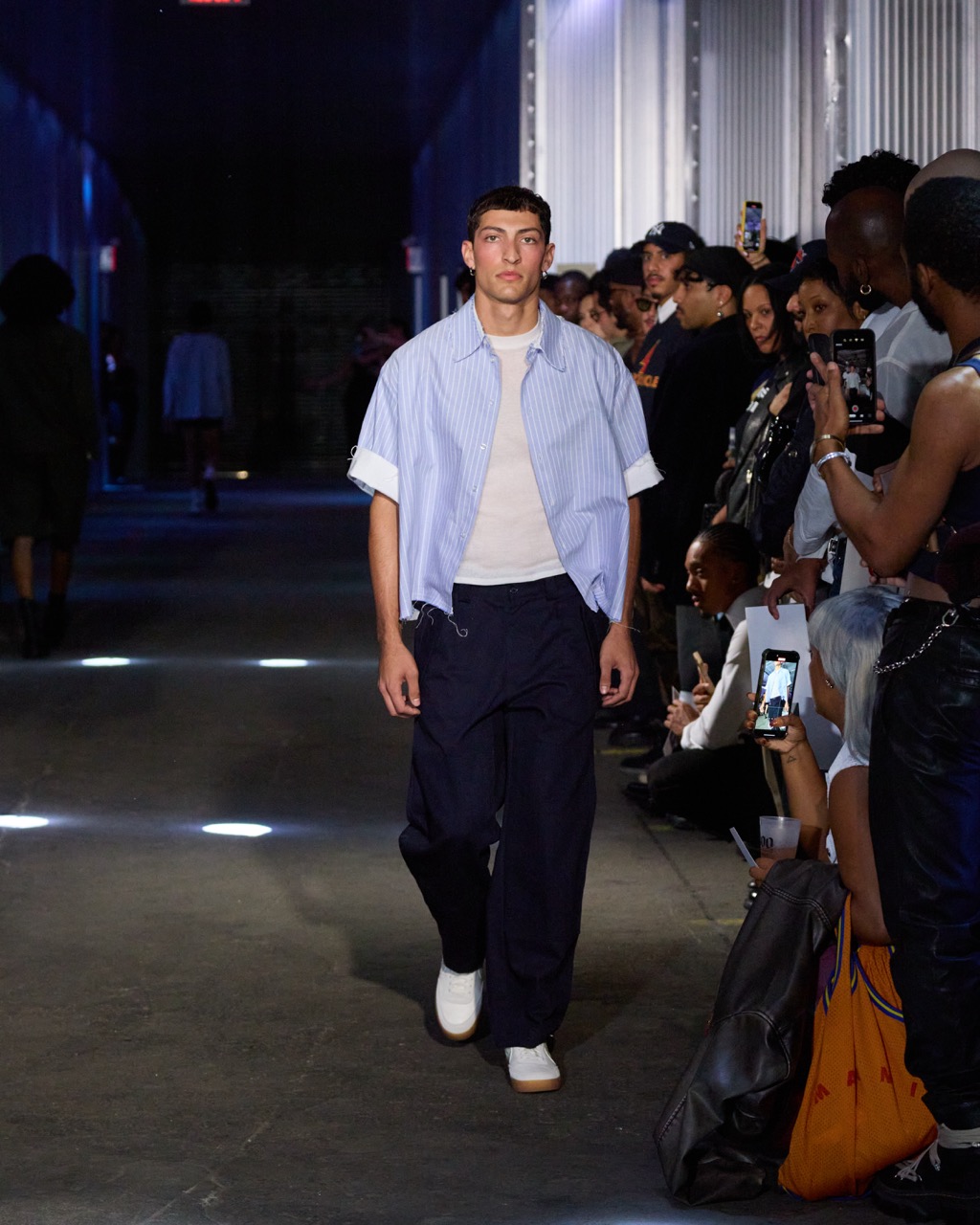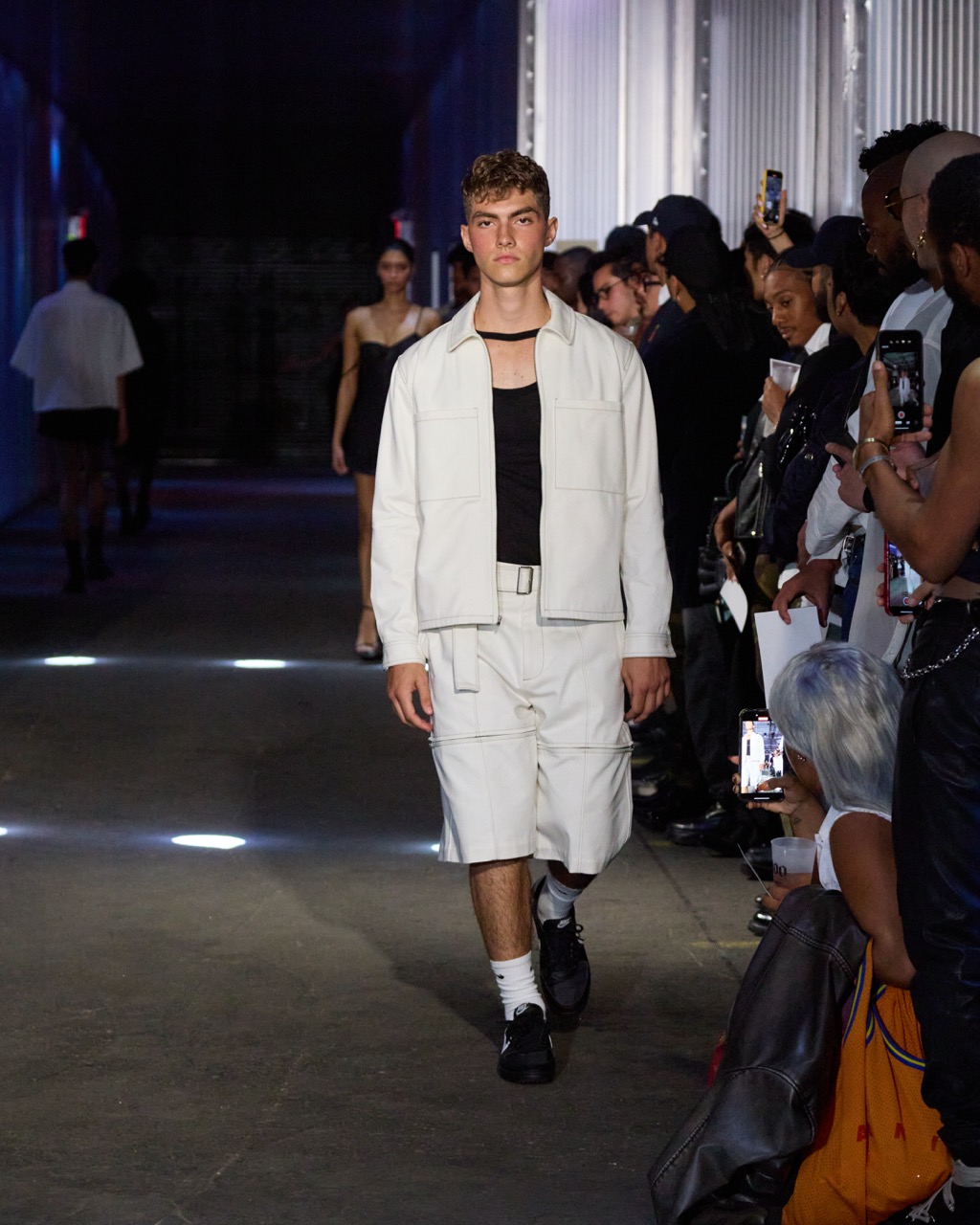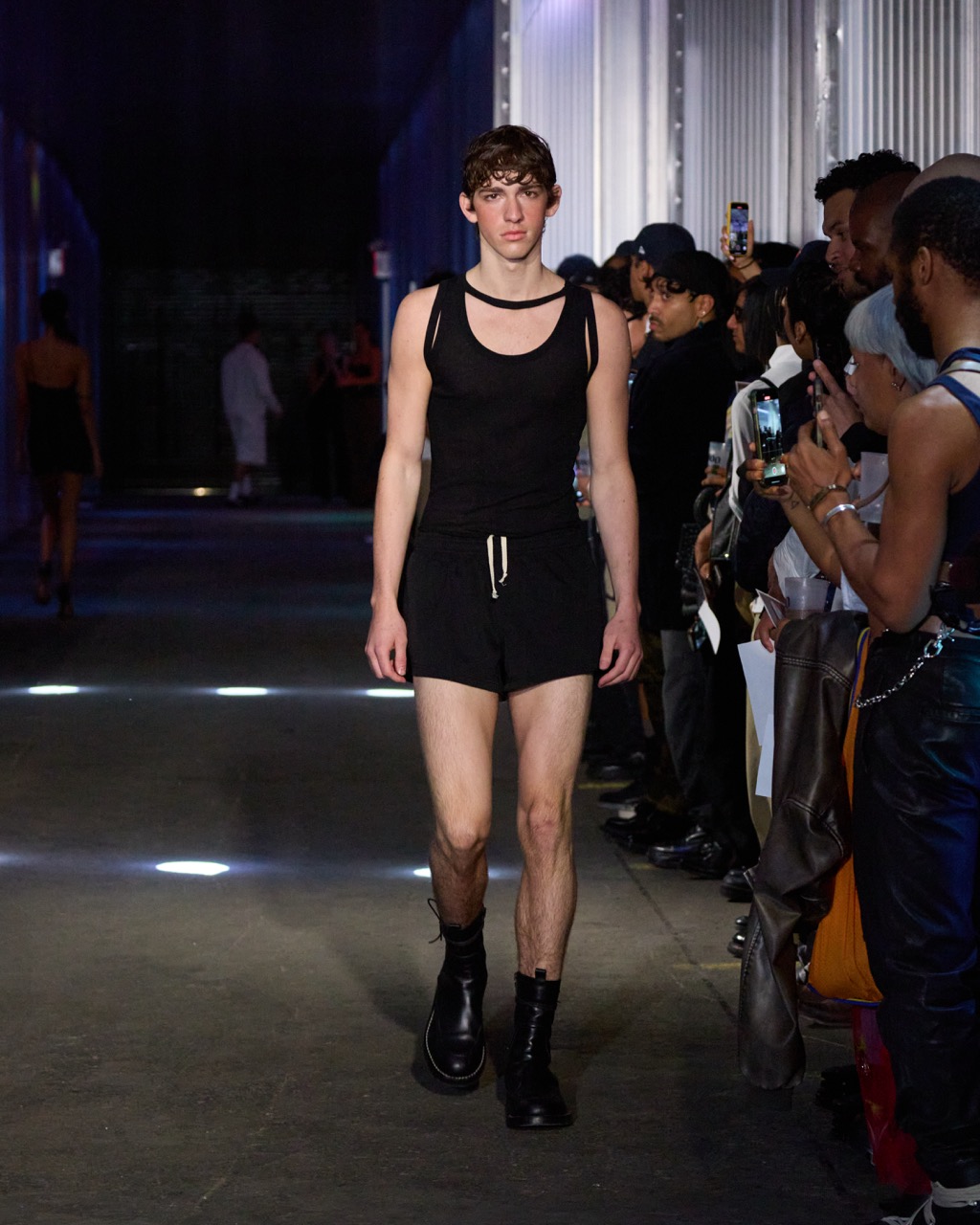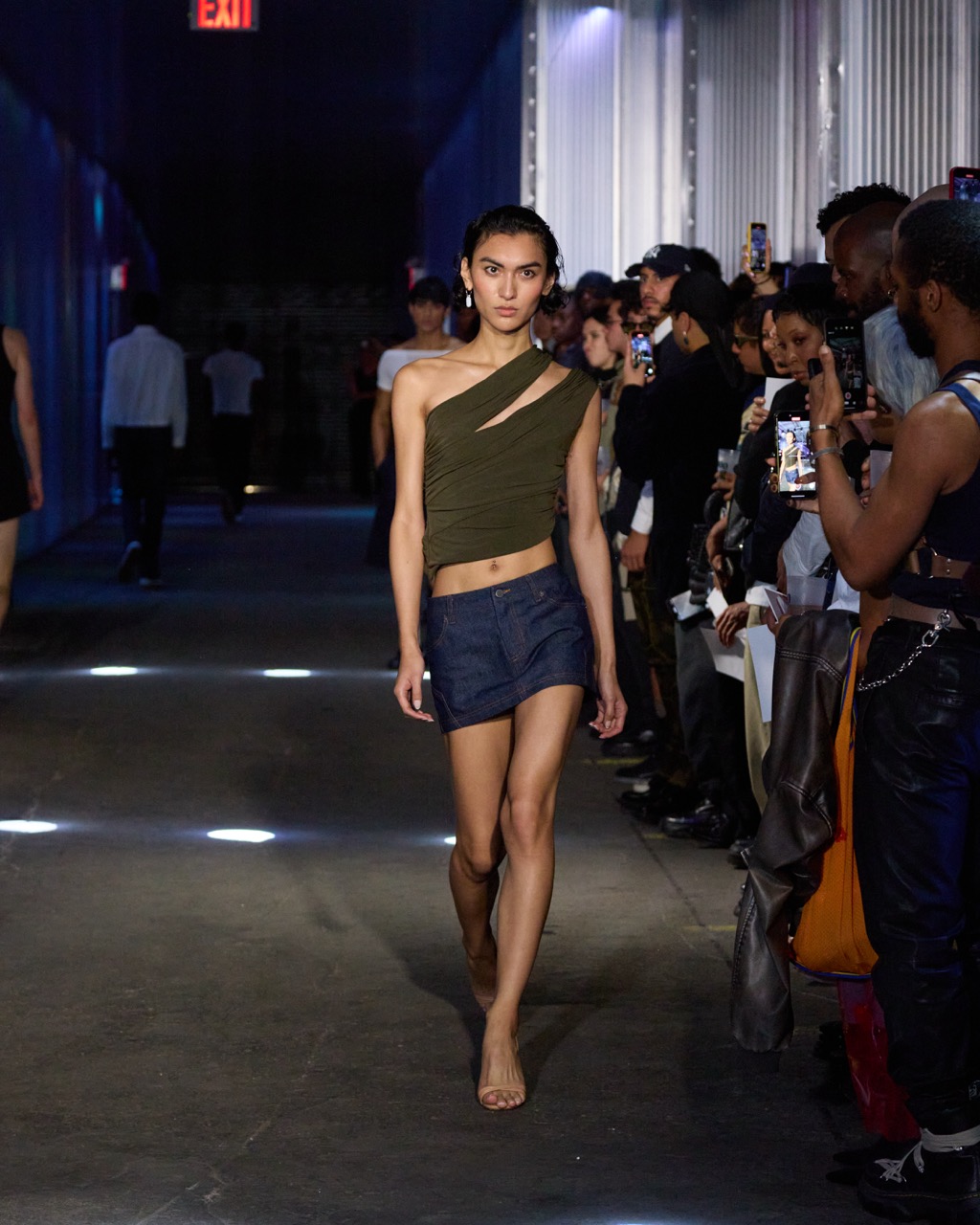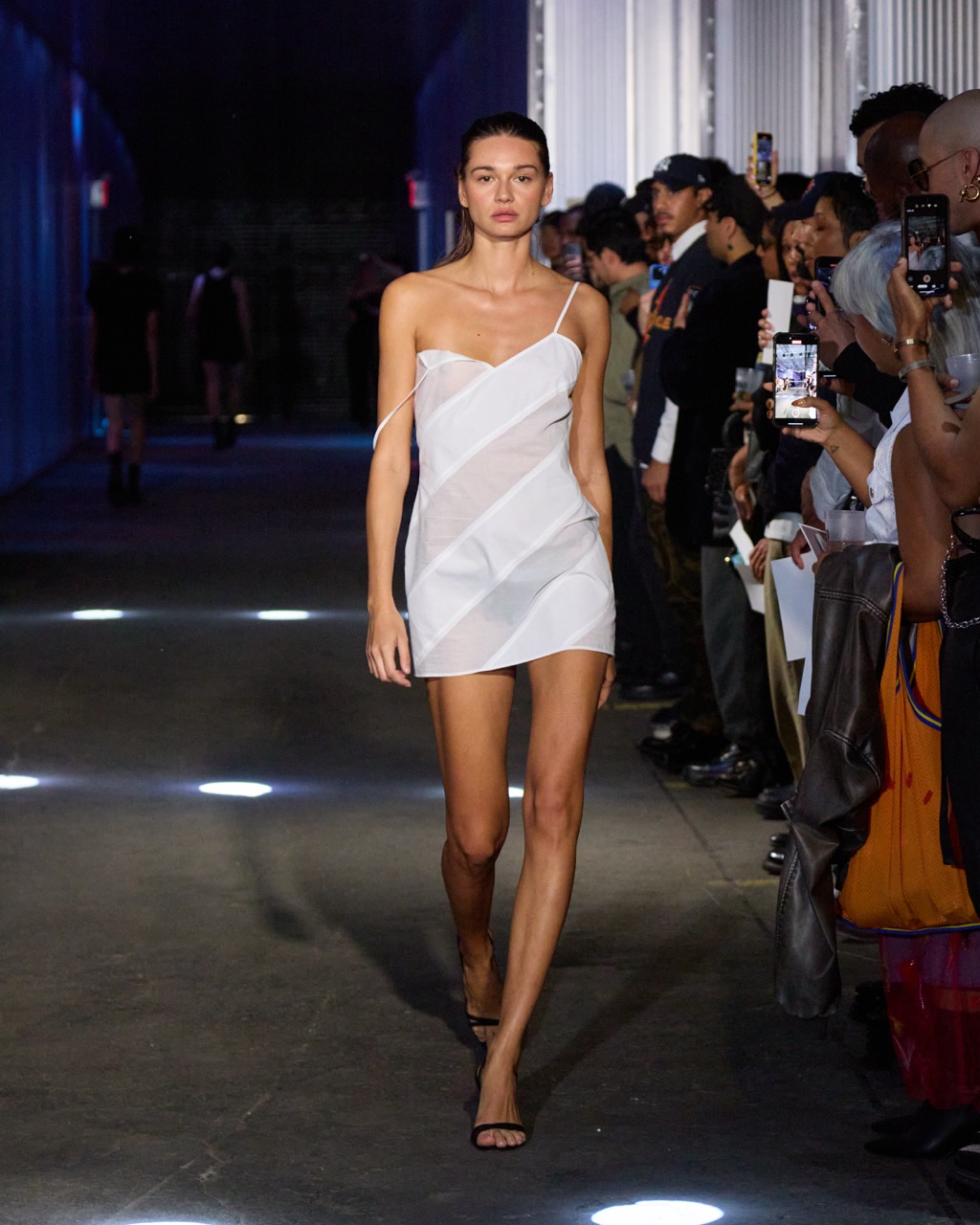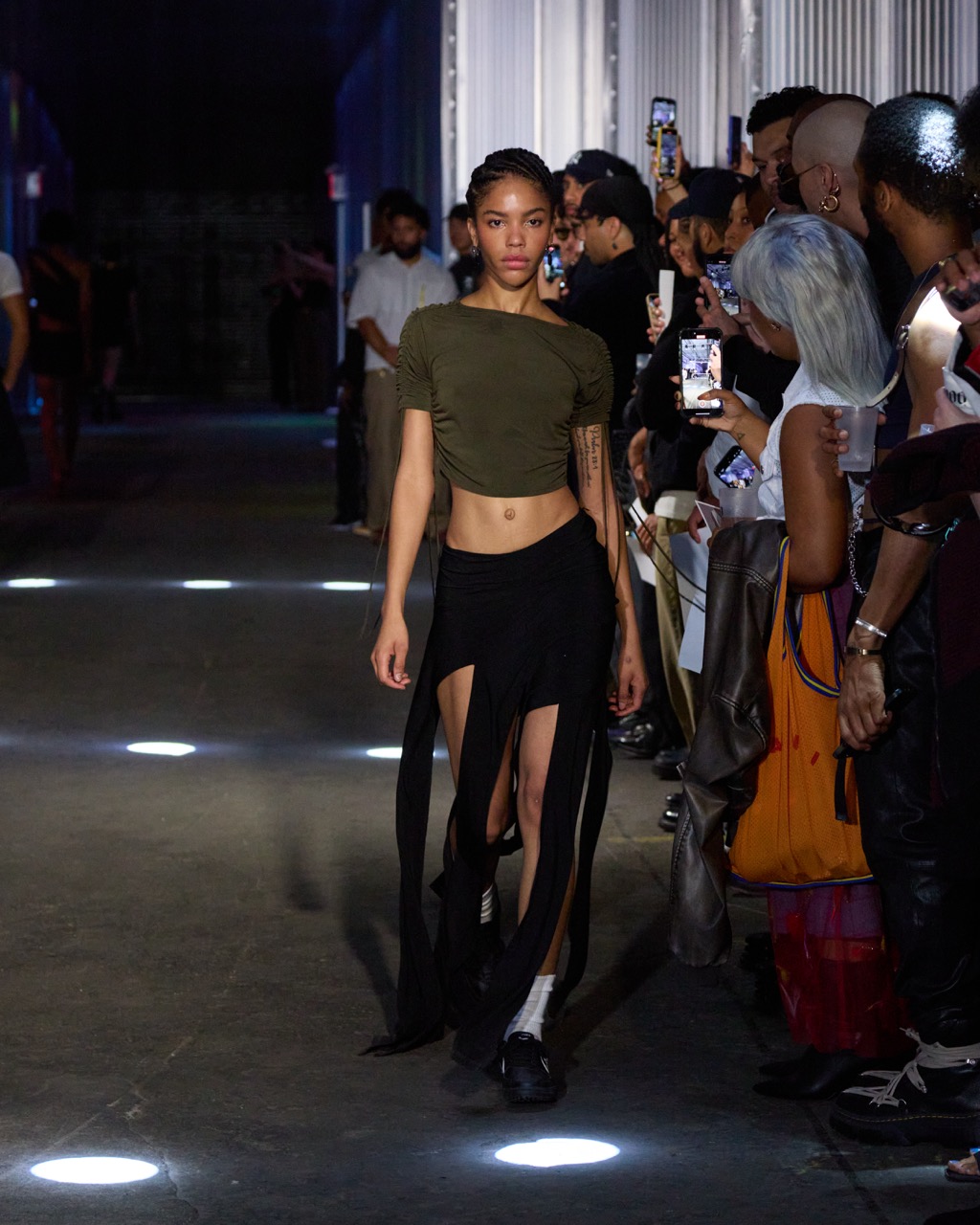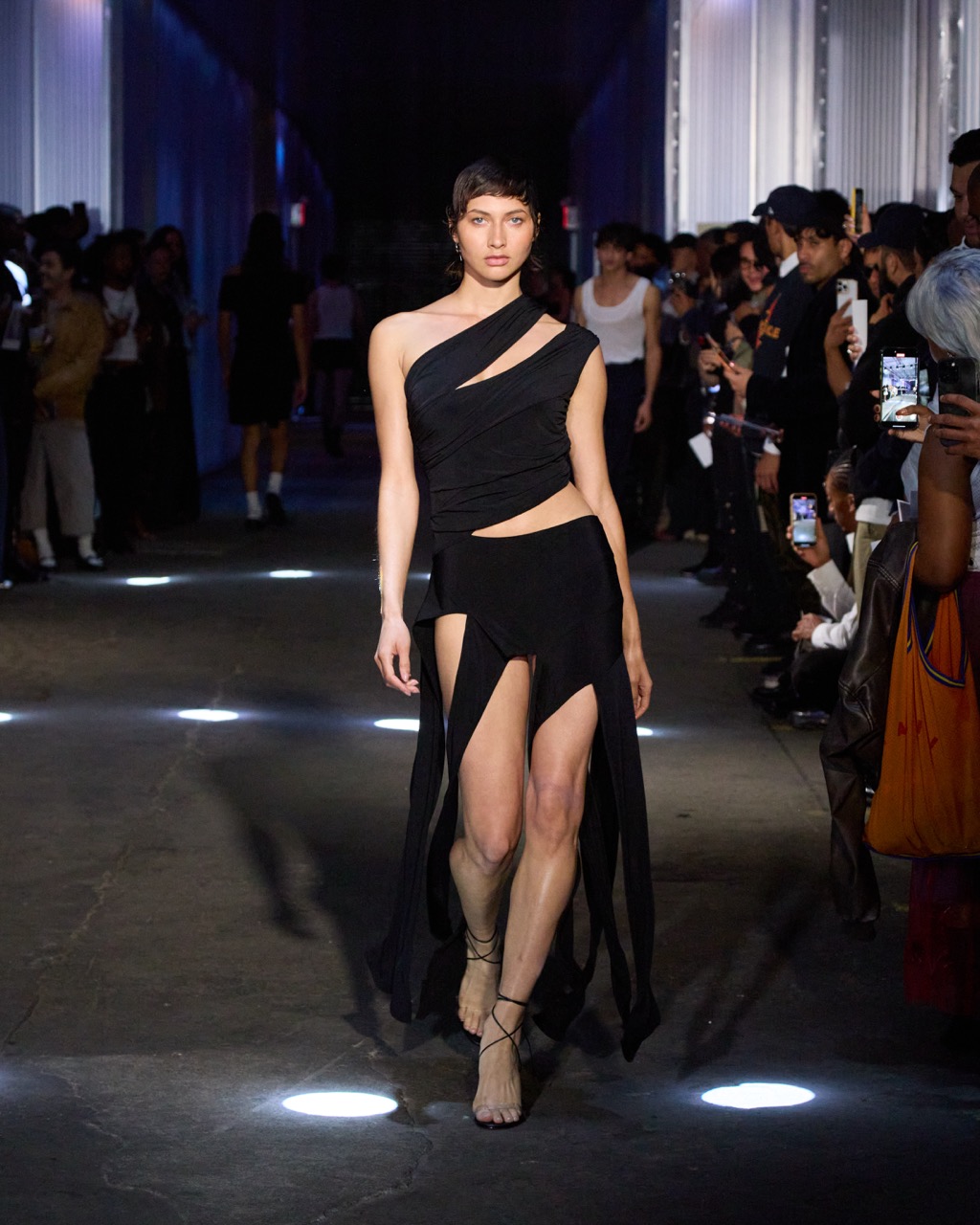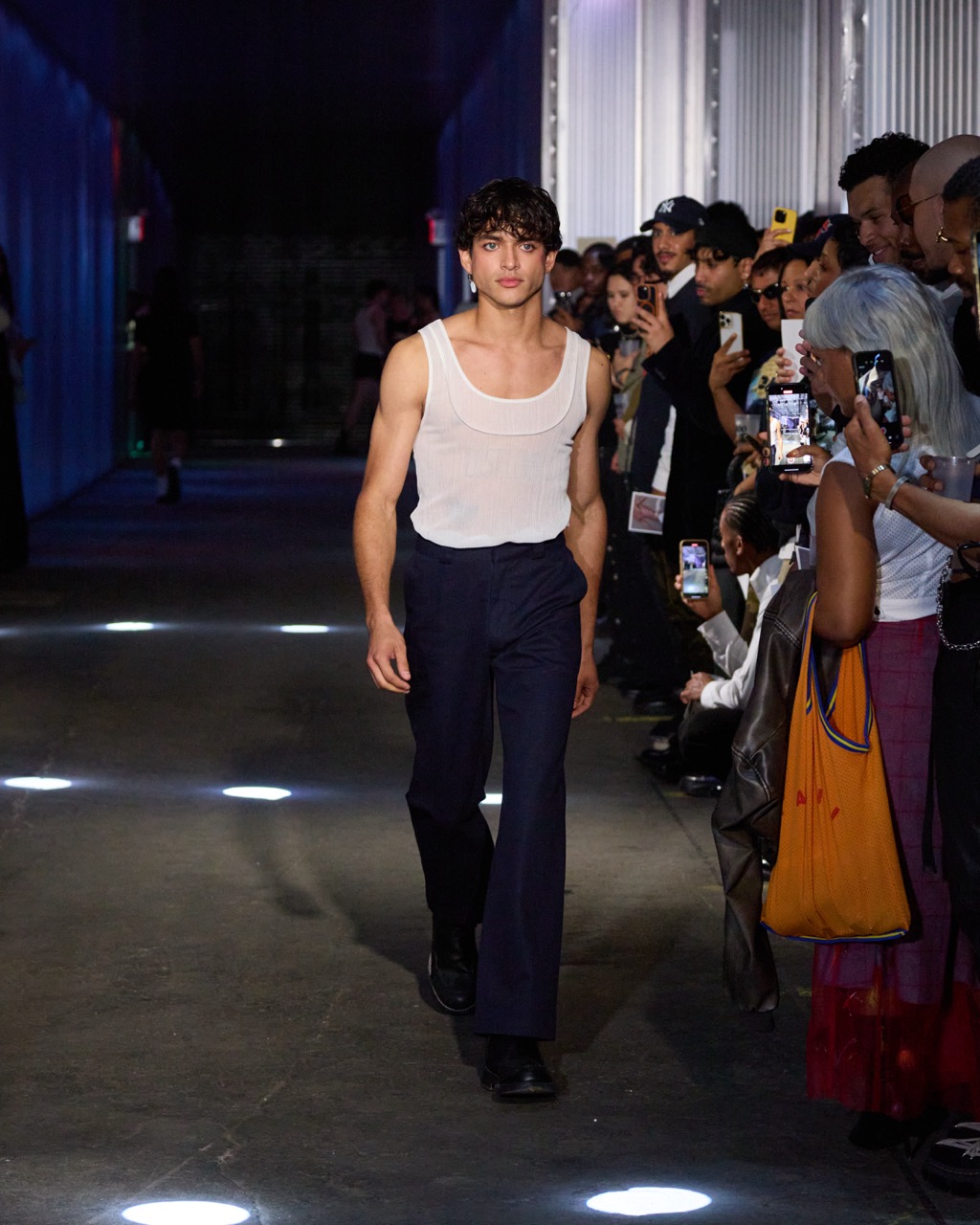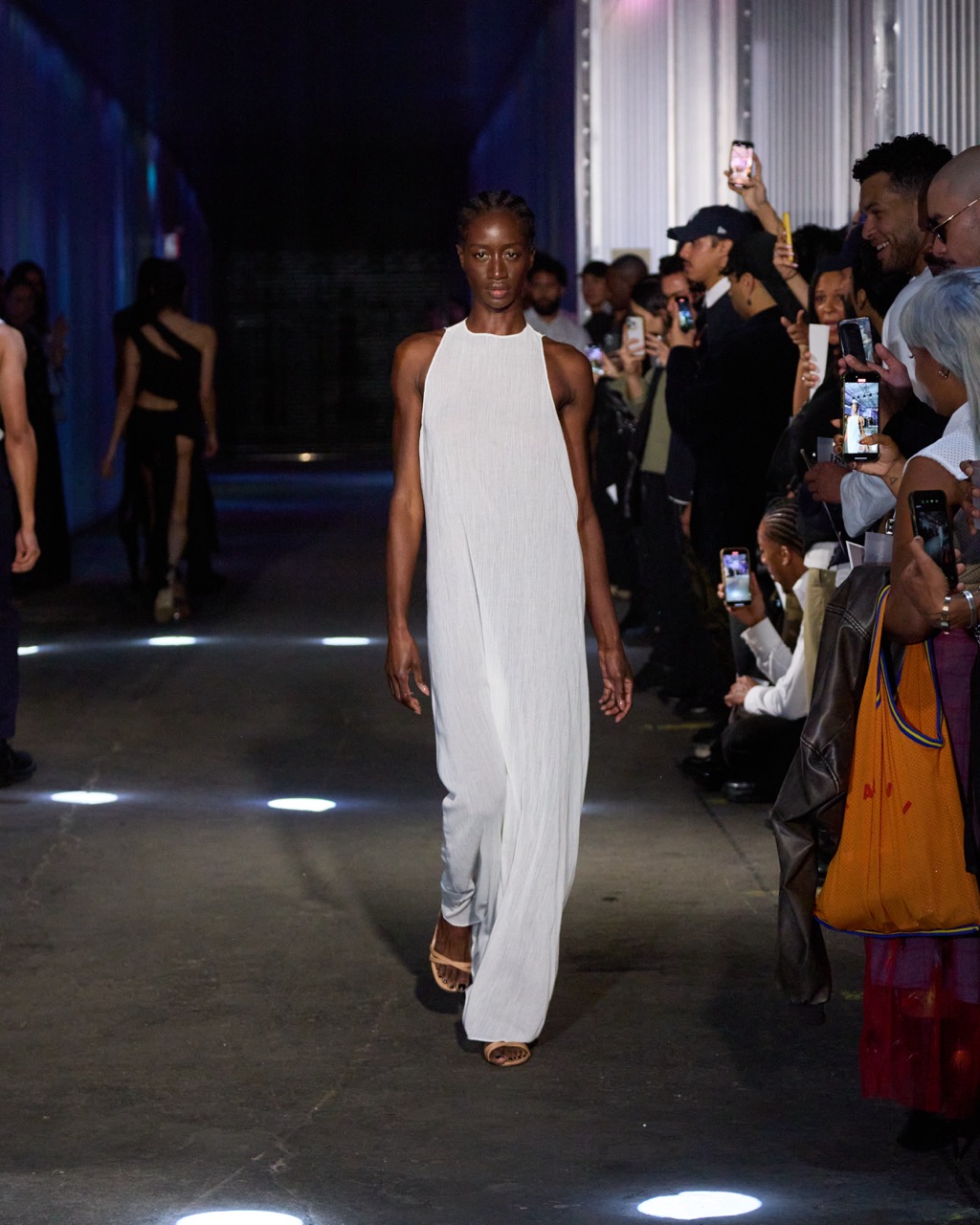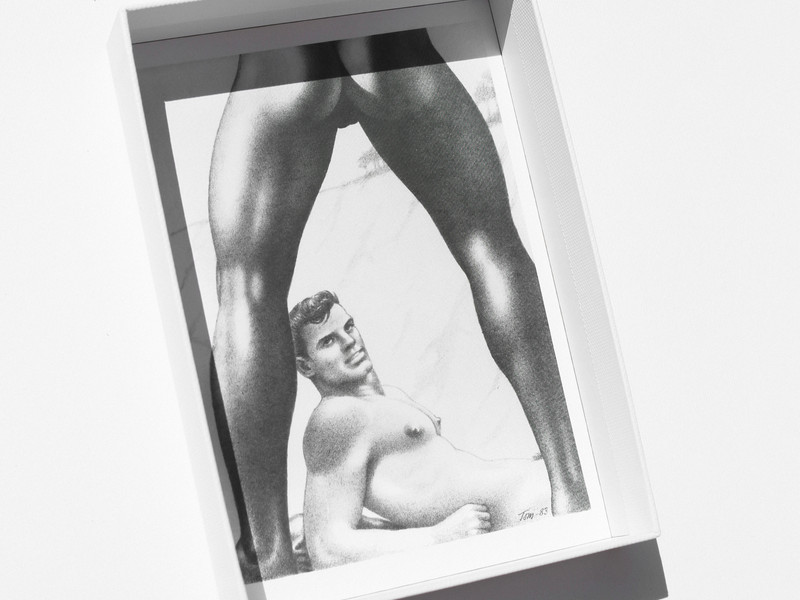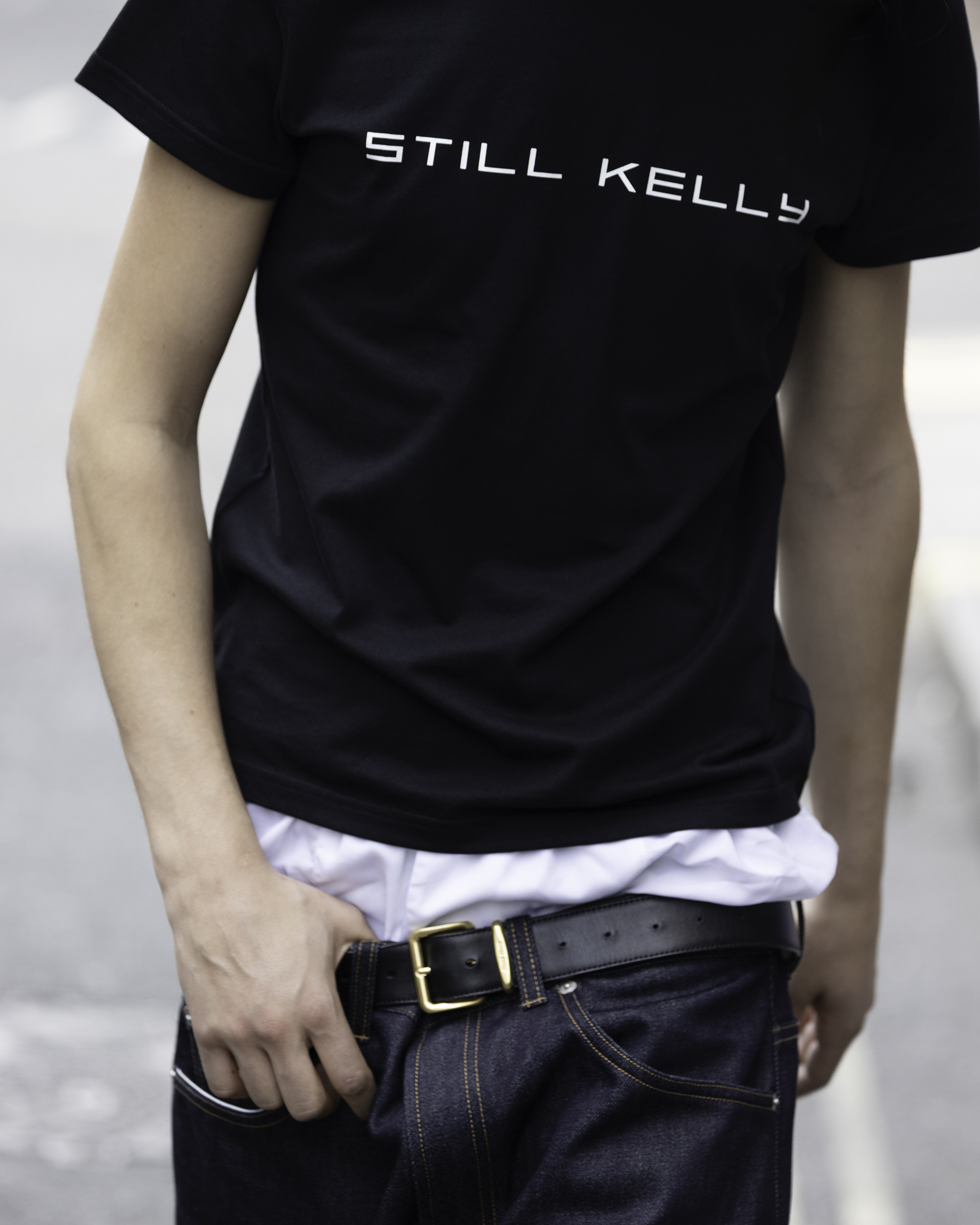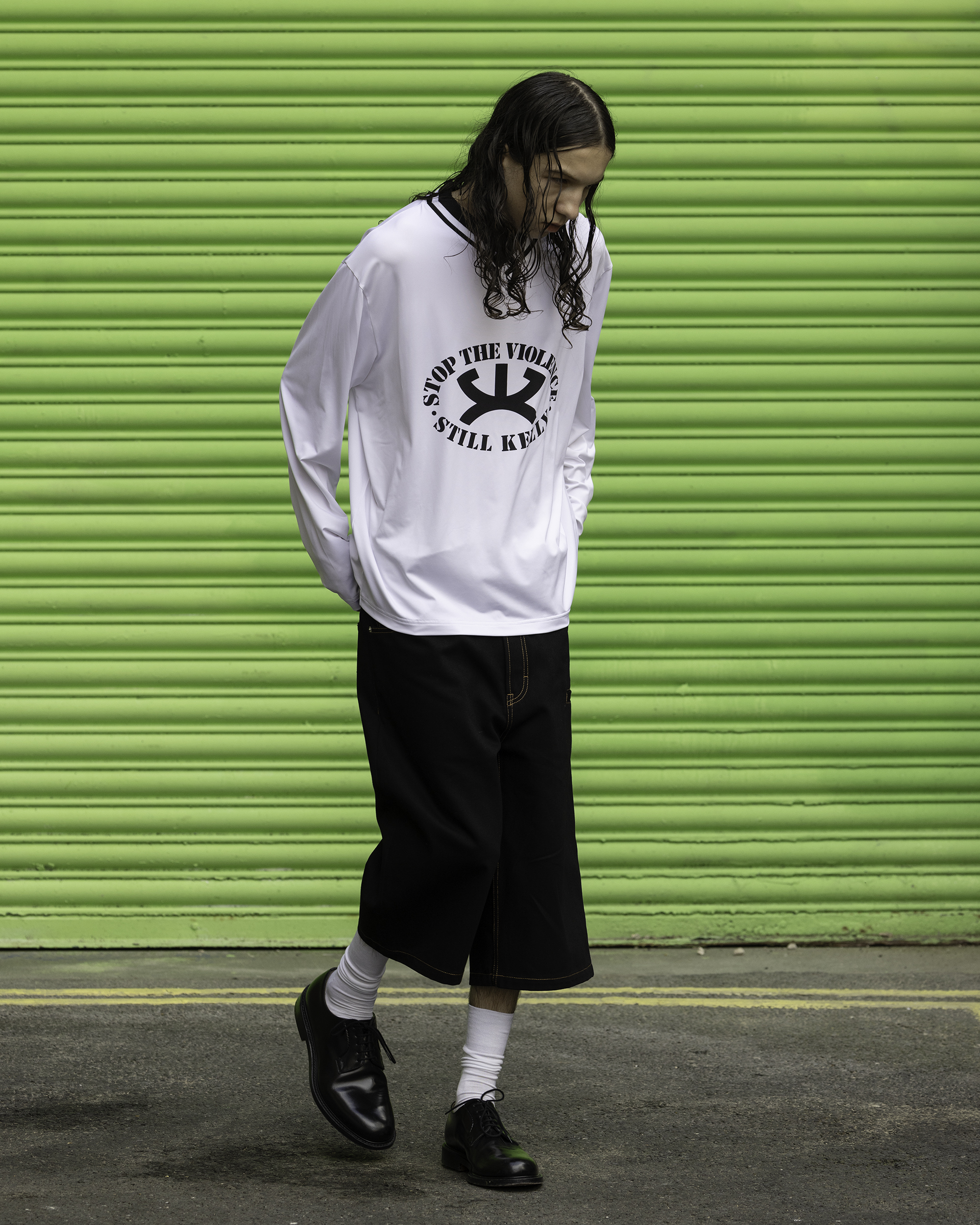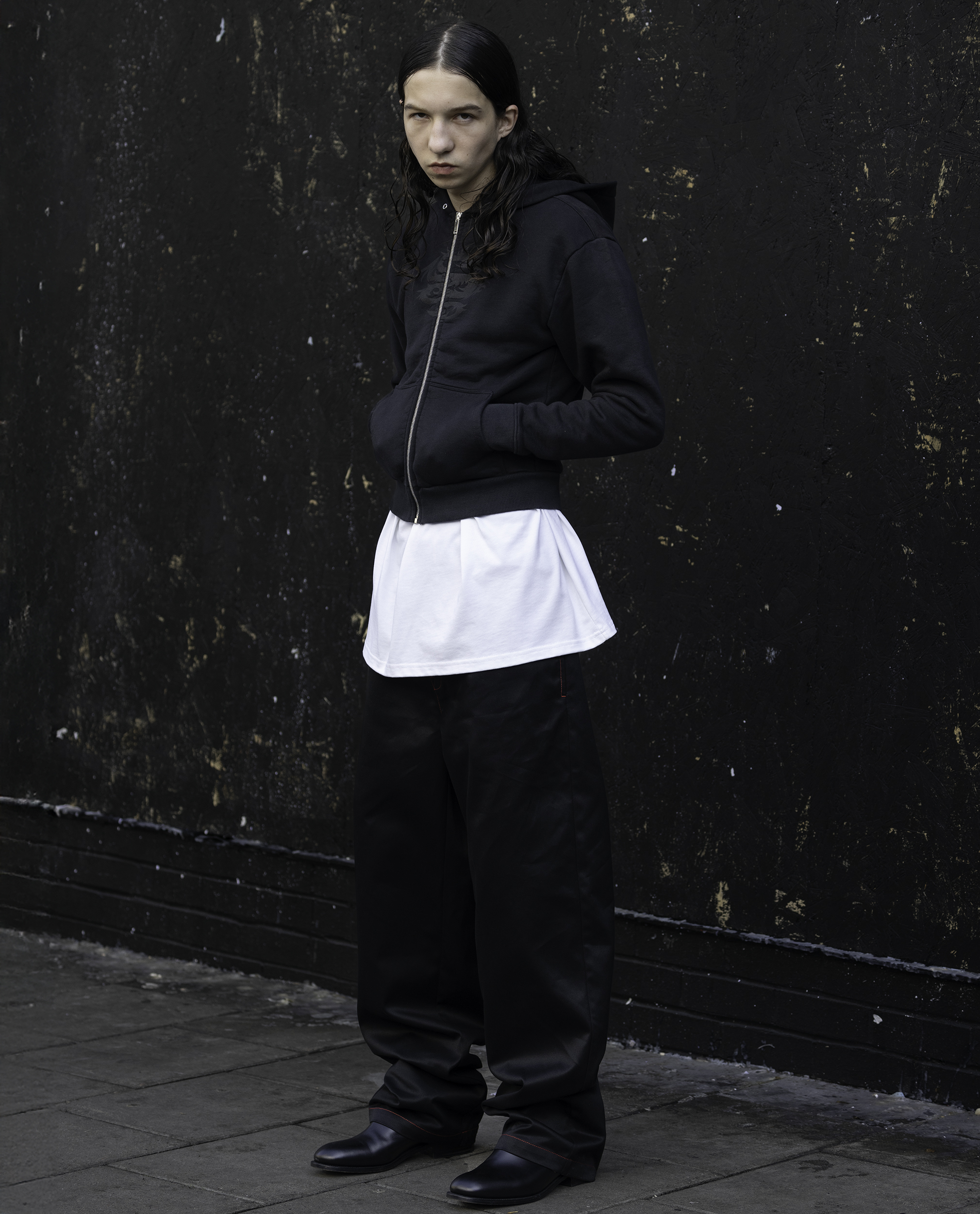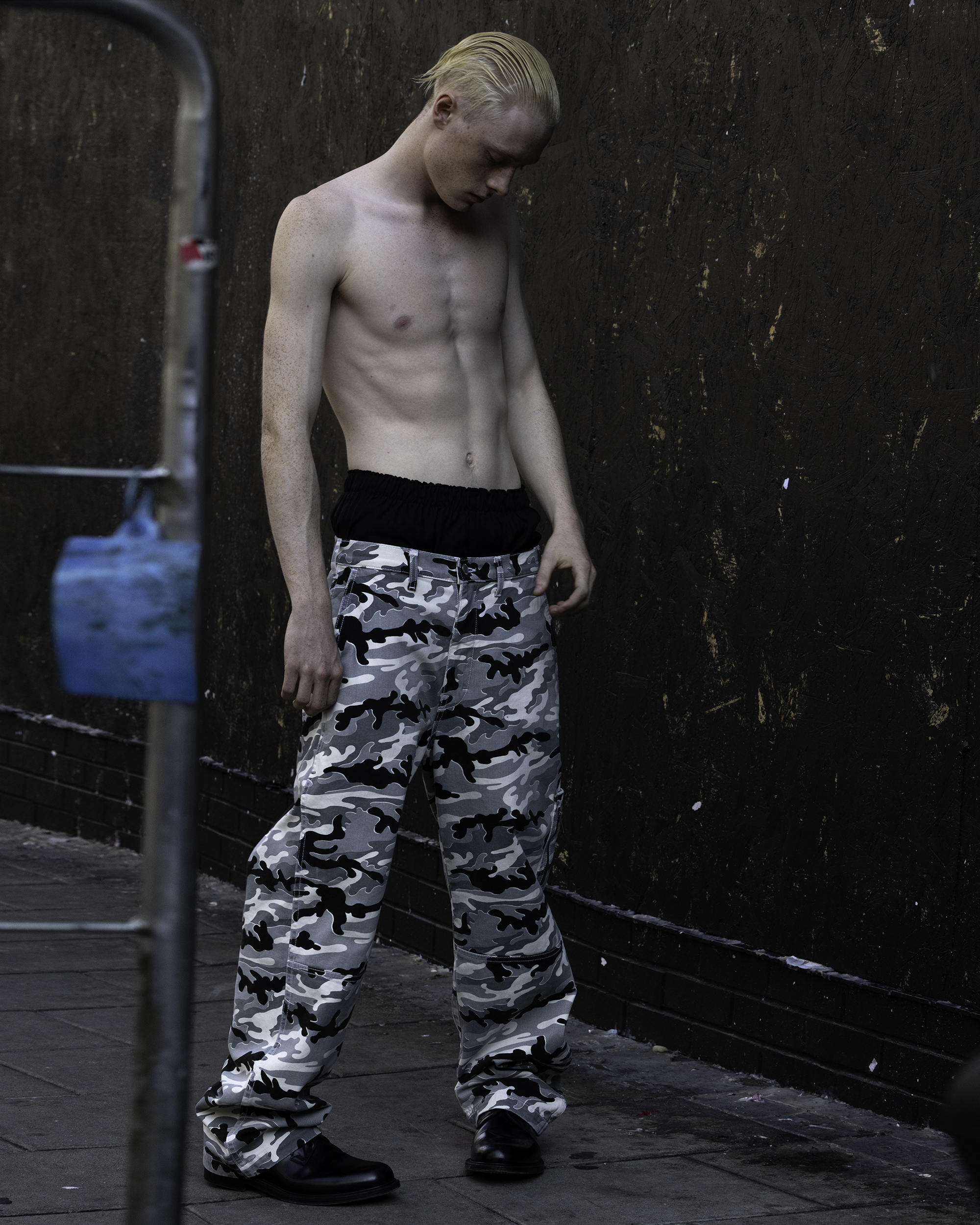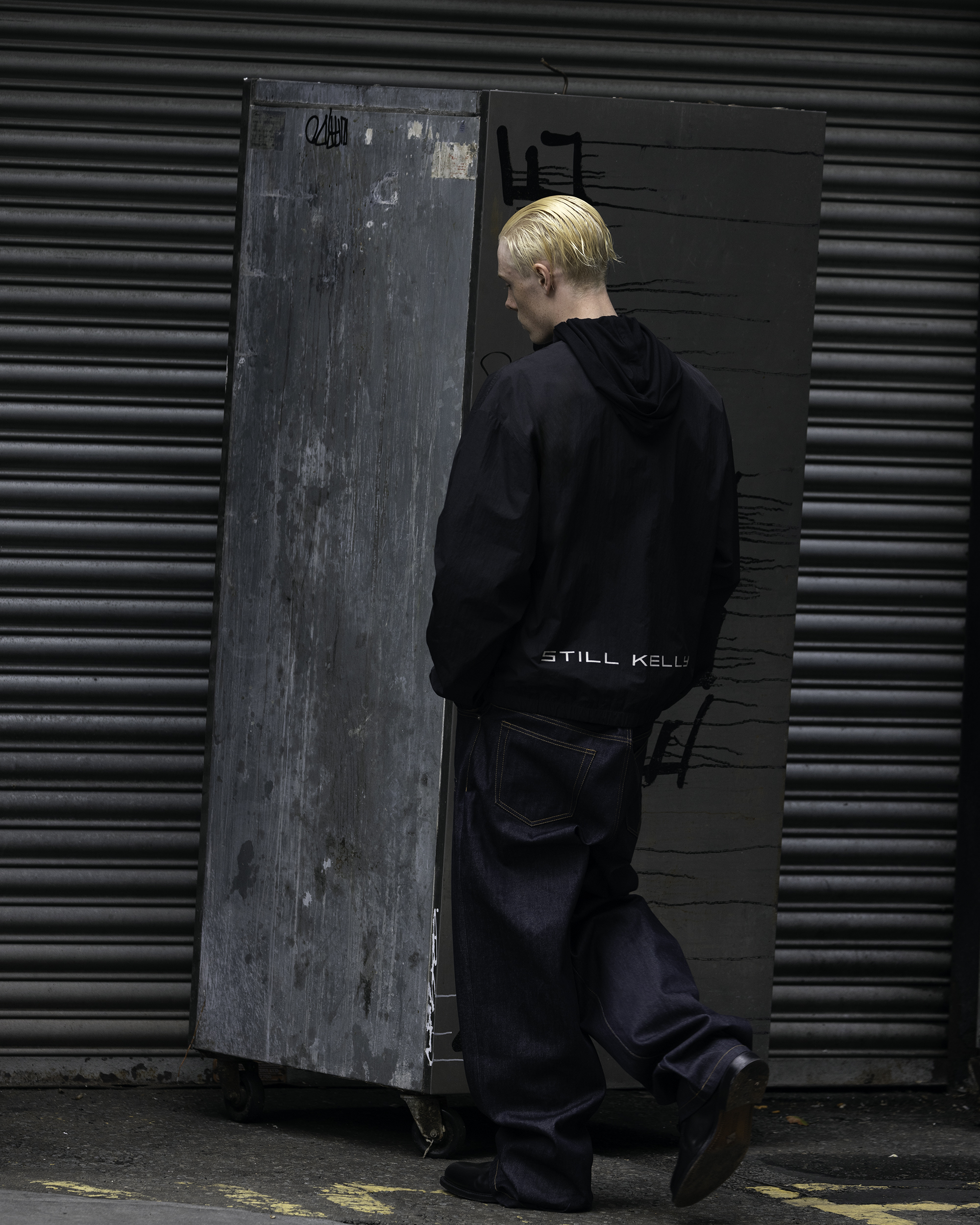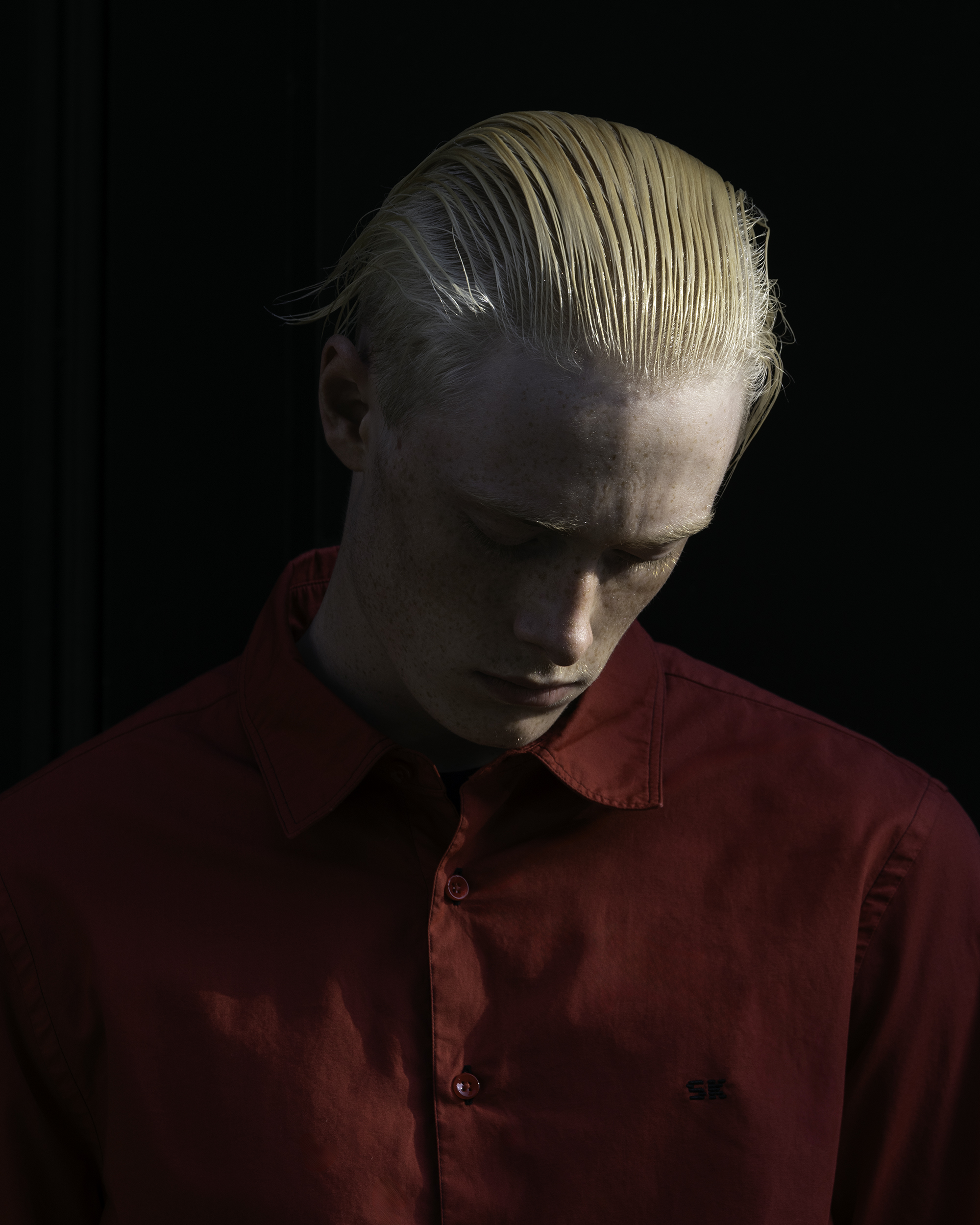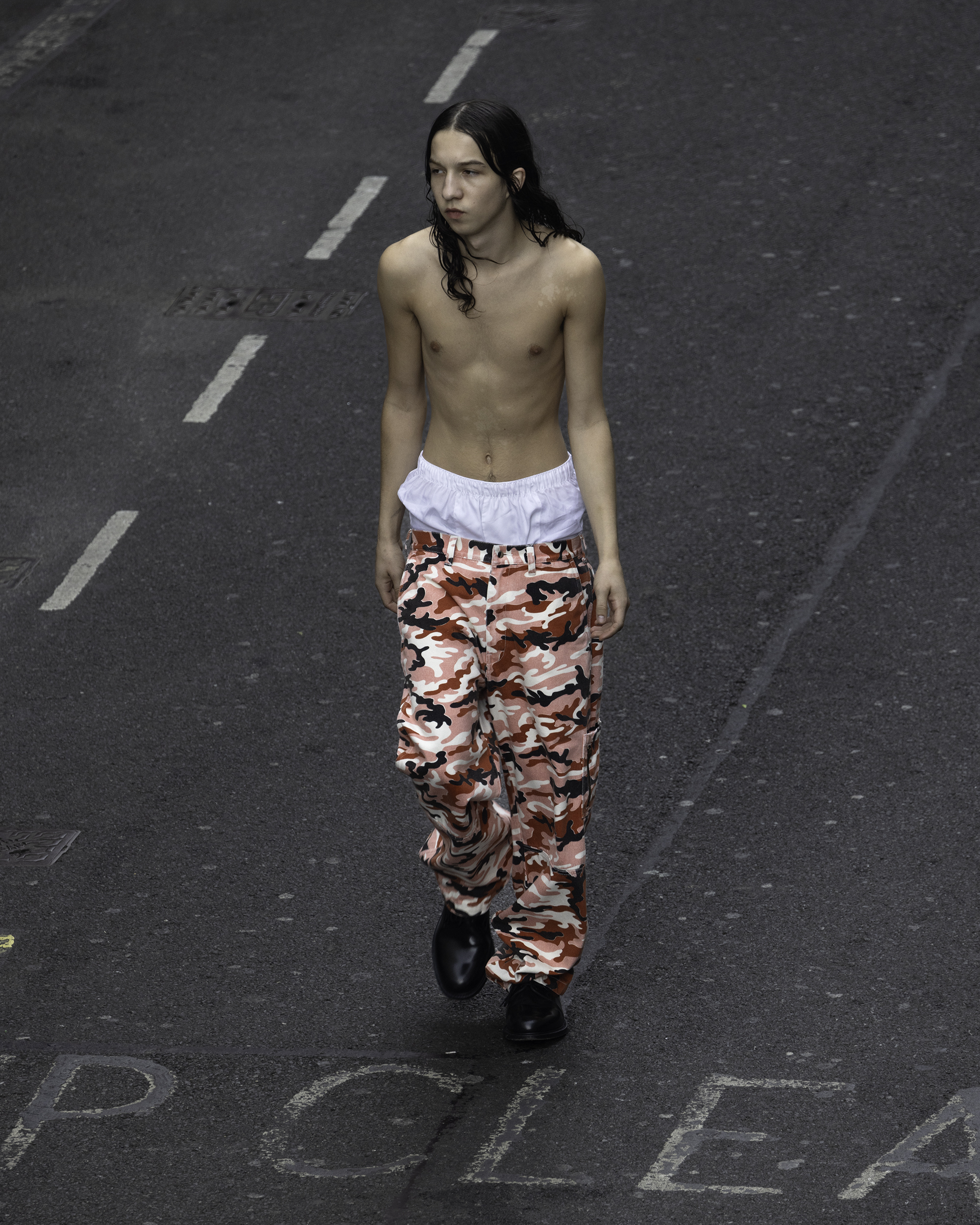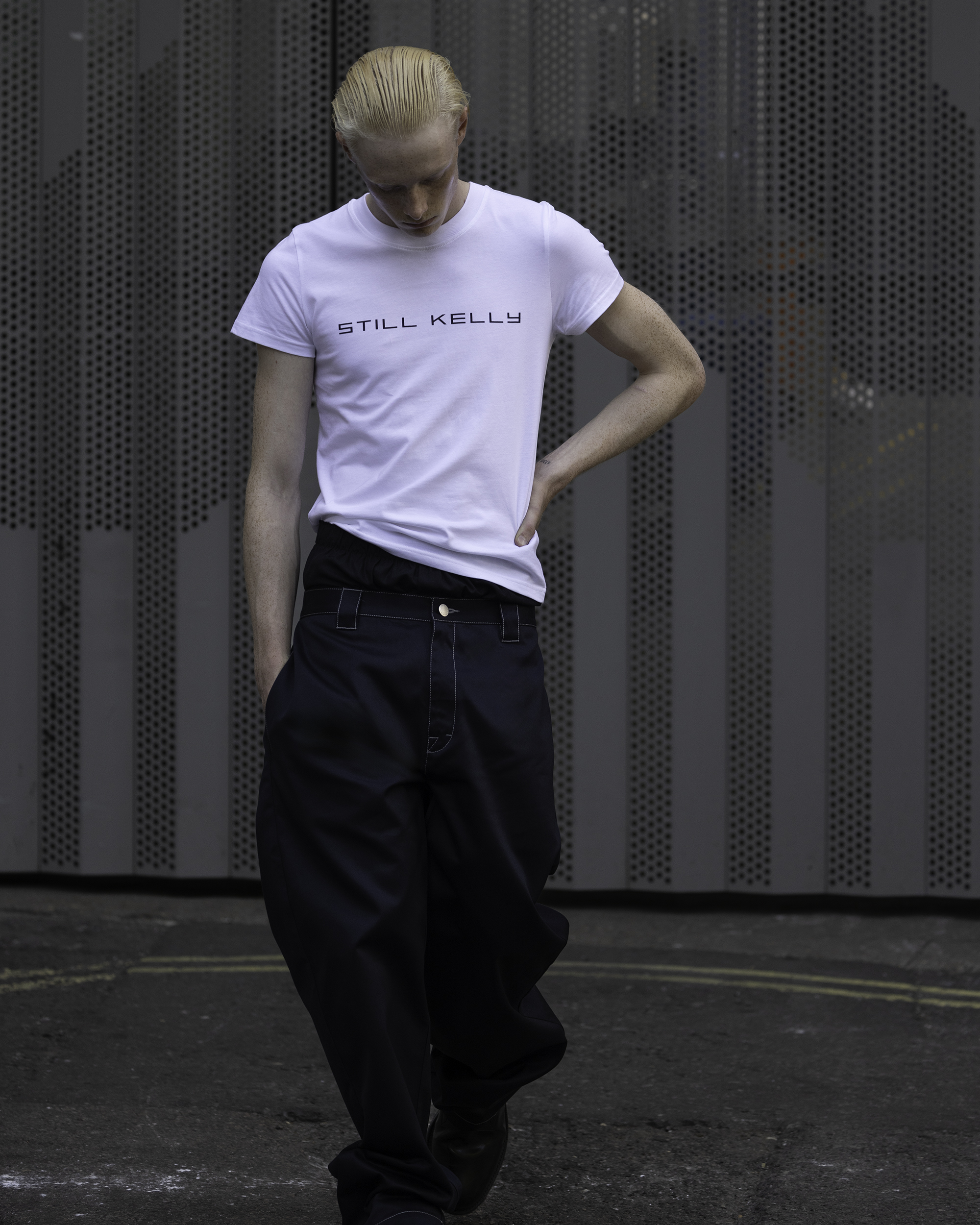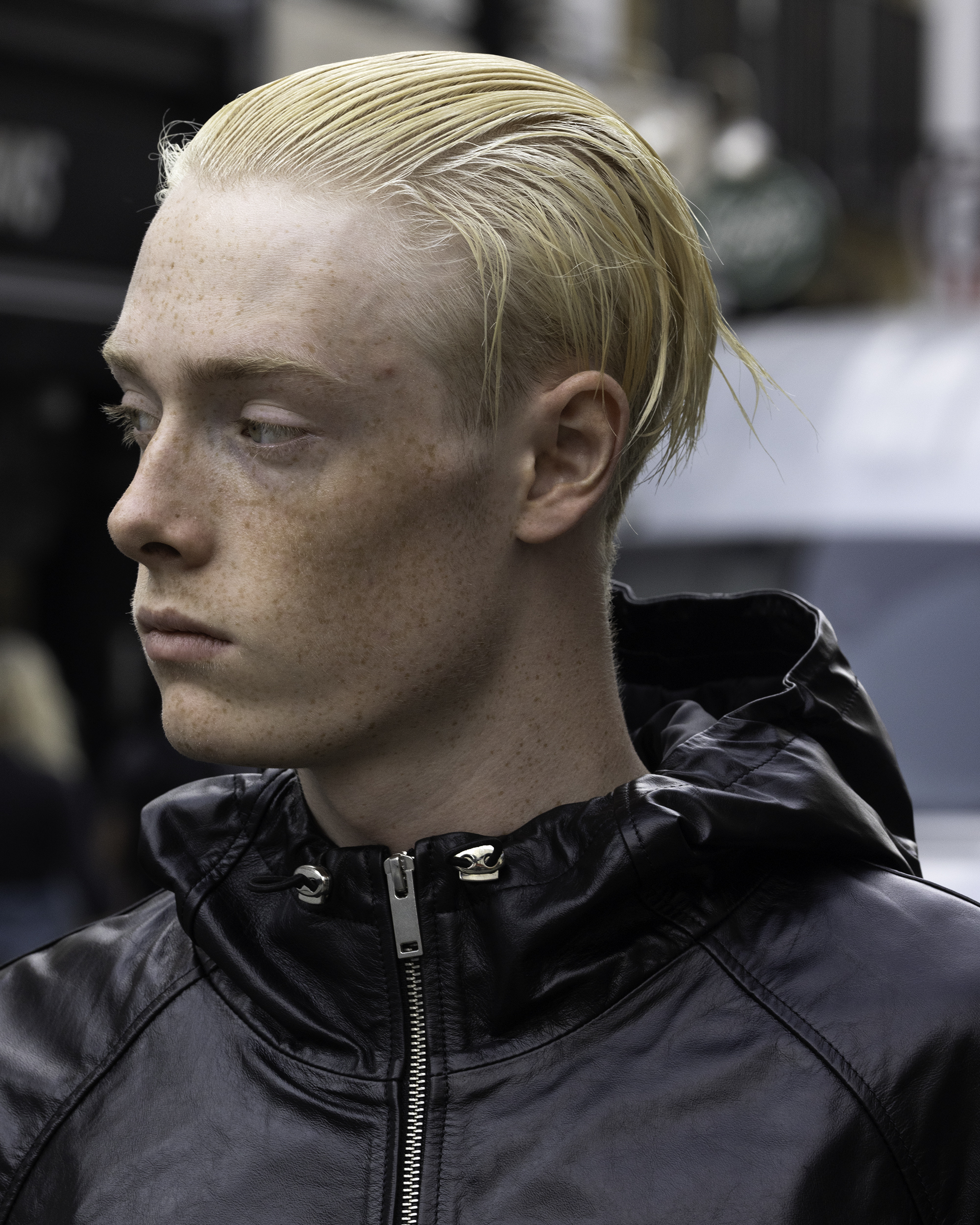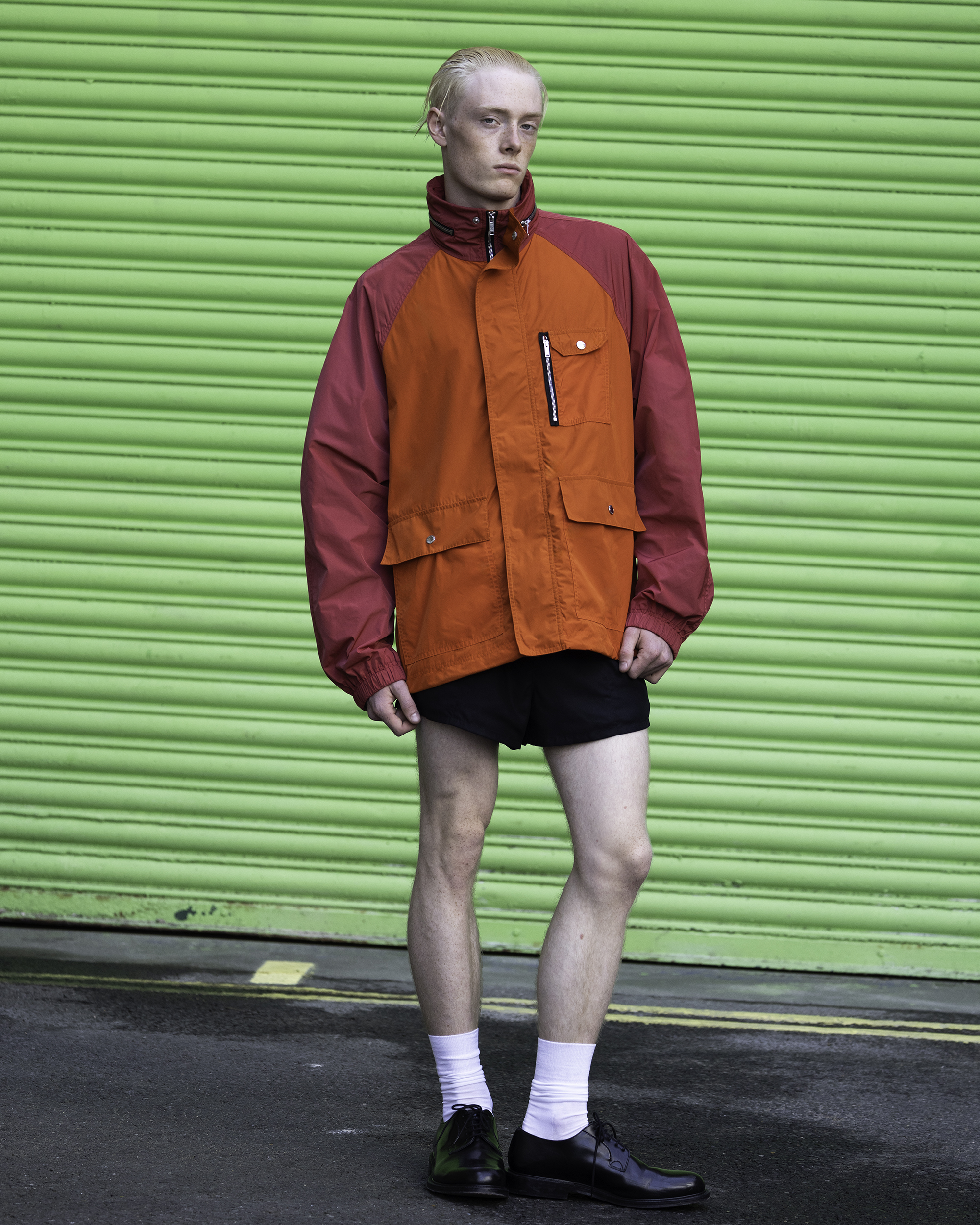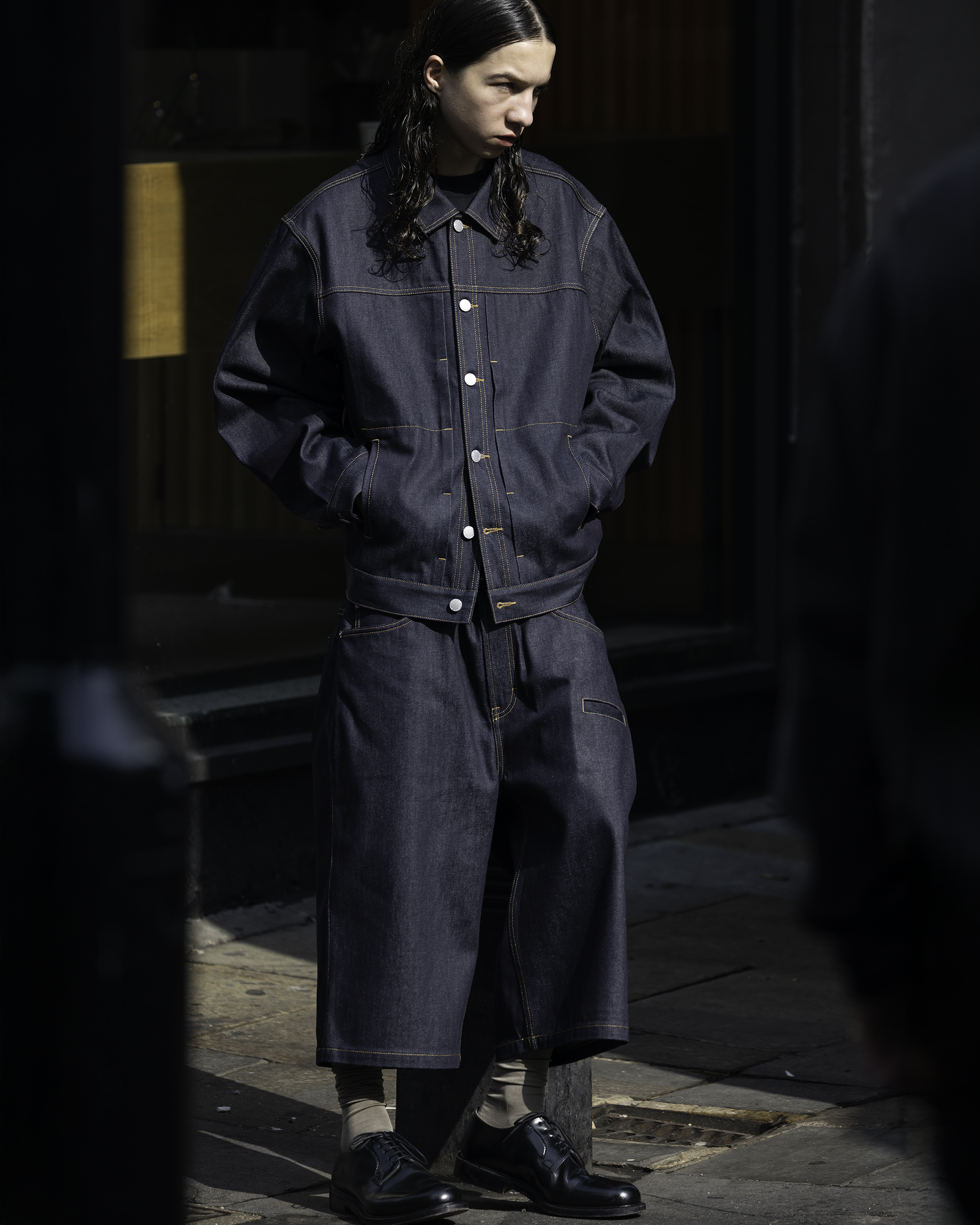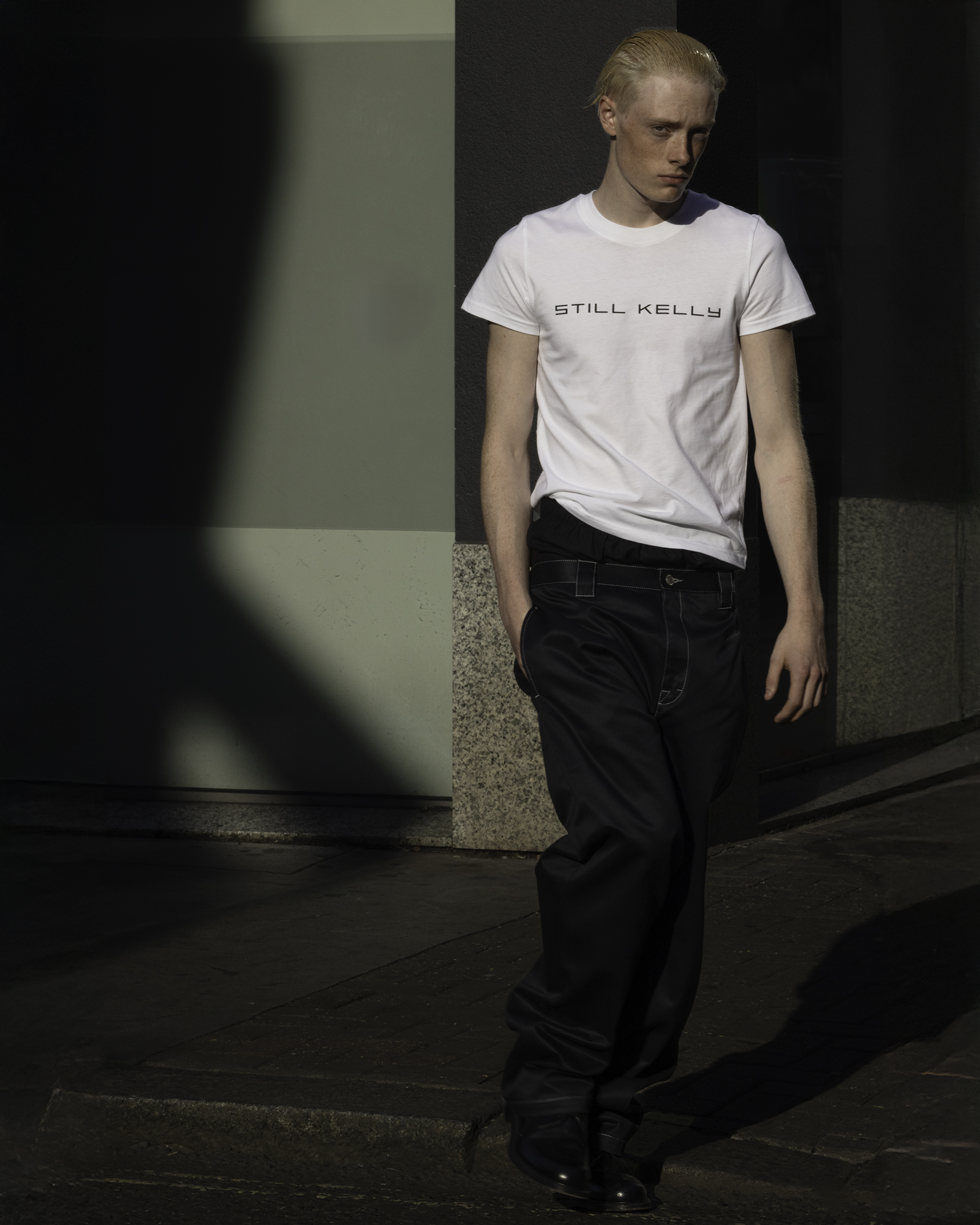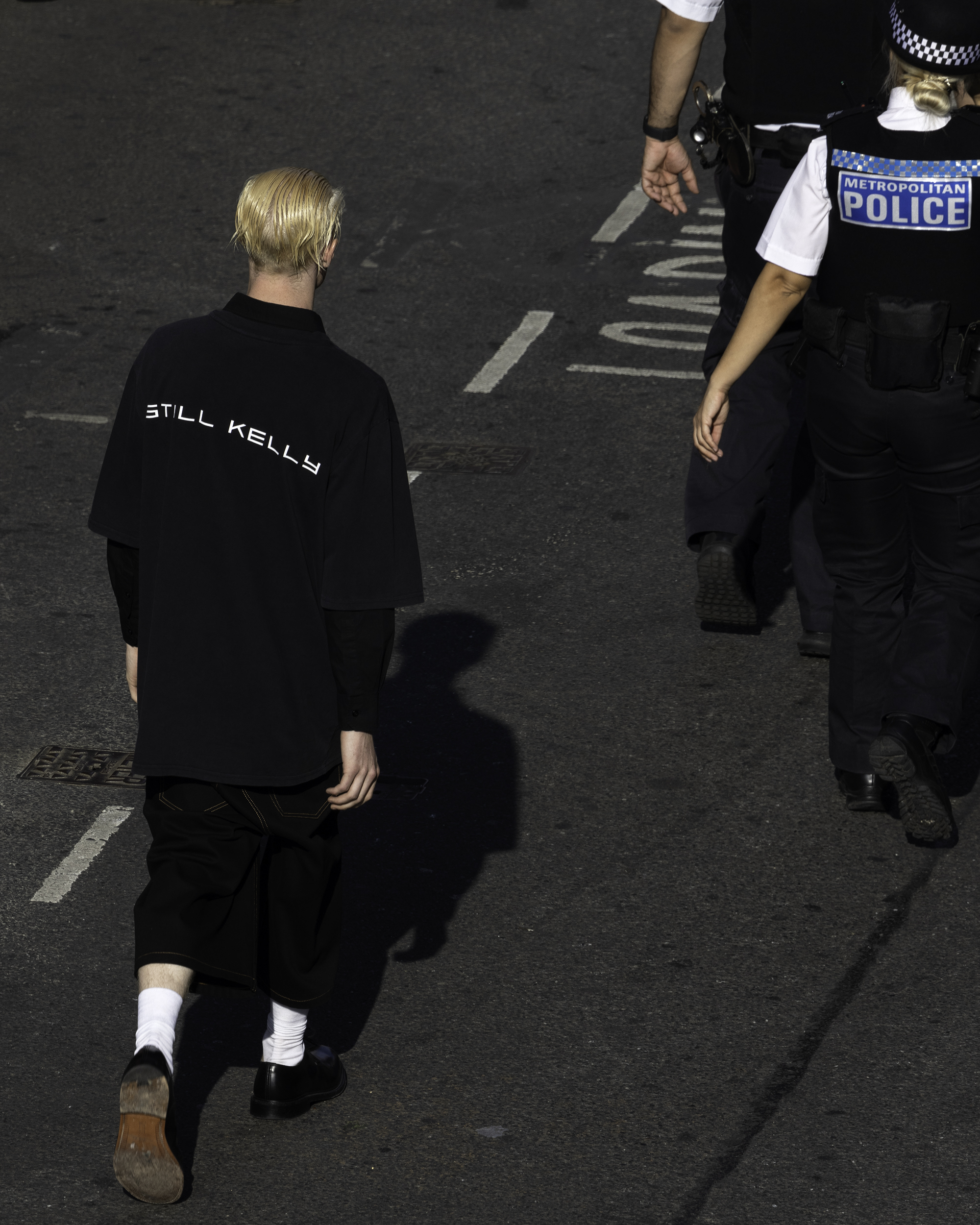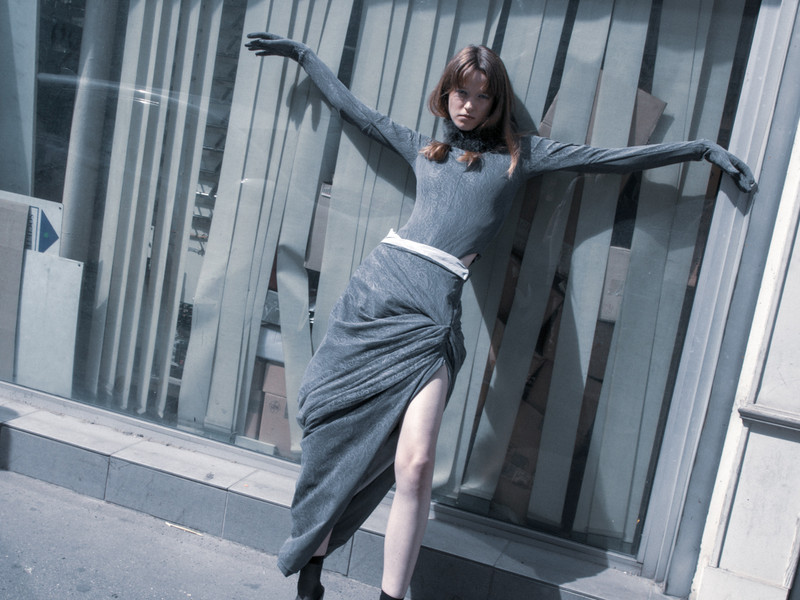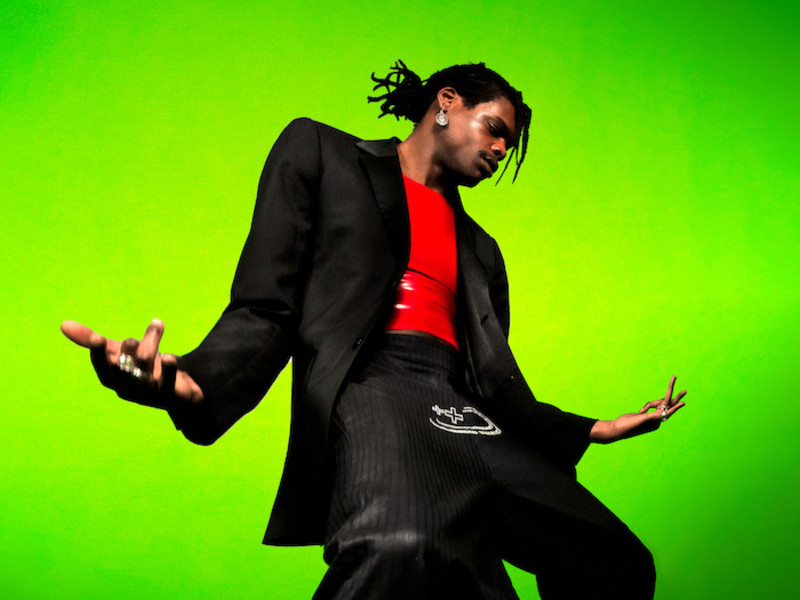LOTI is Starting an Upcycling Revolution
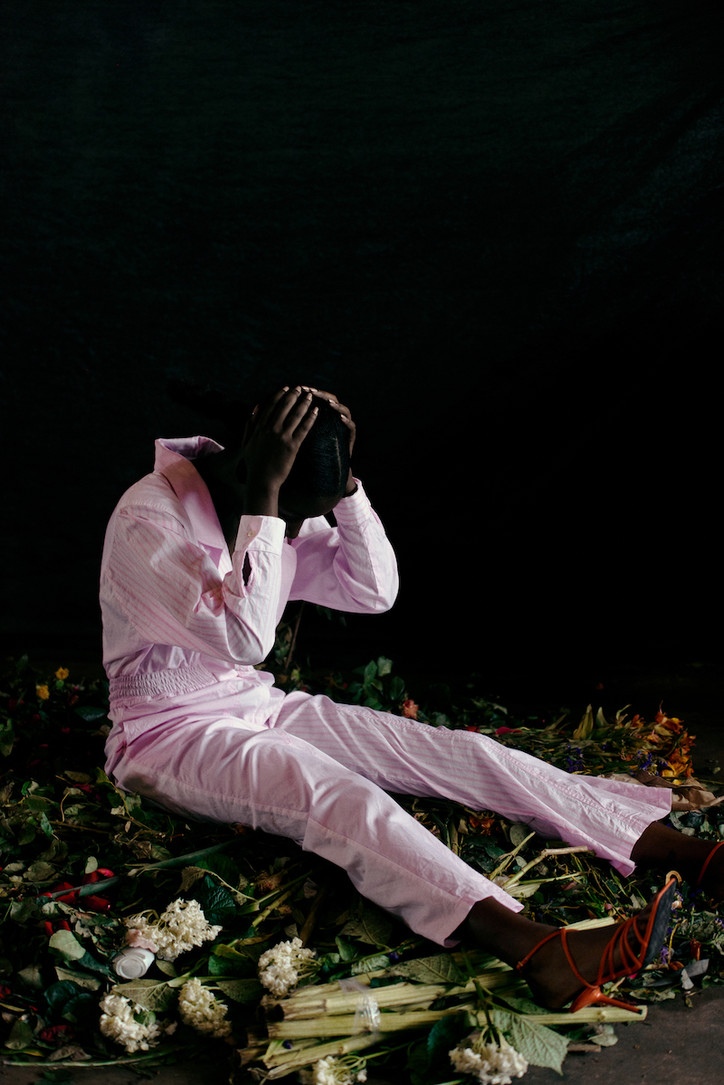
office sat down with brand founder and designer, Lottie, to get a sneak peak at the new SS22 collection and discuss what it means to take a stand for better practices in the fashion industry.
LOTI is Peruvian made and LA based — how do you reconcile these two identities and backgrounds?
I would actually add a third identity, which is Italian — so I think it's three identities. Peru has inspired me in a lot of the social aspects, as well as how I kind of wanted to structure the brand. Because, of course, there's a design side, but a brand can stand for so much more than that, which is why I decided I wanted to make everything in Peru, in order to create jobs. Honestly, it's not only to create jobs, it's to connect with the community there as well. I'm meeting so many new people that I'm so impressed by and there's so much talent there. My heart gets a little more full the more work I do — there's an indescribable feeling of working with Peruvian people. I moved to the United States when I was 15, so I am at this point where in the United States, I am Peruvian and in Peru I am American. I feel like a lot of people have this identity crisis. But I think it translates into the brand positively. Living in California has opened me up to wearing brighter colors and to experimenting a little bit more with my style. There are definitely subcultures and subgroups in Latin American countries that allow people to explore their identity more through fashion, but it's not something that I personally grew up with in Peru. Fitting in and looking like the others was definitely 'better.' So as a person that really loved fashion, that was kind of difficult at times. But now there's much less of that. And again, there are these subgroups, especially the people that I'm meeting in Peru through the brand, which has brought me so much closer to understanding the big picture of Peru. Growing up in Lima was a bubble. So through LOTI, I'm getting to know Peru better.
I love that this collection is all about embracing comfort. How do you feel about the current tide of the industry moving toward more casual wear becoming the norm?
I mean, personally, I love it. I just think for designers, it's so important to be aware of the times and the culture and what's happening around us. Of course, these past two years, a lot has happened. So staying aware is really important. I mean, if you look at history, this is always happening. You can tell a lot of what is going on in the world by how people were dressed, which I love. So that's coming into play here now. I took it a step further and I went back to looking at a lot of my vintage nightwear pieces, which this collection is inspired by. I am a big vintage collector, so I have a lot of these gorgeous pieces. And, of course, the materials that I upcycle, which are made of 100% cotton — the super breezy and crisp quality lends itself well to this kind of style. Effortless has always been a word that I've used to vet my design process, and for this collection, we added the qualities of elegant and comfortable too. Those three characteristics were really important for this collection.
It definitely looks like everything has that effortless, cool vibe to it. You talked about upcycling materials, which was a big draw to the brand, for me. Why was incorporating sustainability integral to you when creating LOTI?
To be completely honest, if I didn't figure out exactly the kind of positive impact that I wanted my brand to make, I wouldn't have started it at all. I personally care a lot about textile waste reduction. I think that comes from being from Peru. Peru is one of the countries that clothing just gets dumped to. You know, here in America, we say, 'Oh, we're donating. We're giving it away,' but there's no such thing as 'away;' clothes don't just disappear. They go to countries like Peru. So I see it in my country and then also through working in the industry here, we would go thrifting a lot and vintage shopping for inspiration samples. When I used to work in corporate fashion here in LA, that exposed me to seeing the sheer quantities of volume that gets thrown away. So I knew I wanted to tackle textile waste reduction. The sustainability umbrella is huge. And I actually think it only works when a brand is focusing on one or two aspects — a couple of things that they can do really well. If not, it's not actually moving the needle or making an impact. So we are an upcycling design studio. That's what I call the brand because we're also an education platform for the general textile waste crisis. How do we do better with our clothes and our choices regarding the fashion industry?
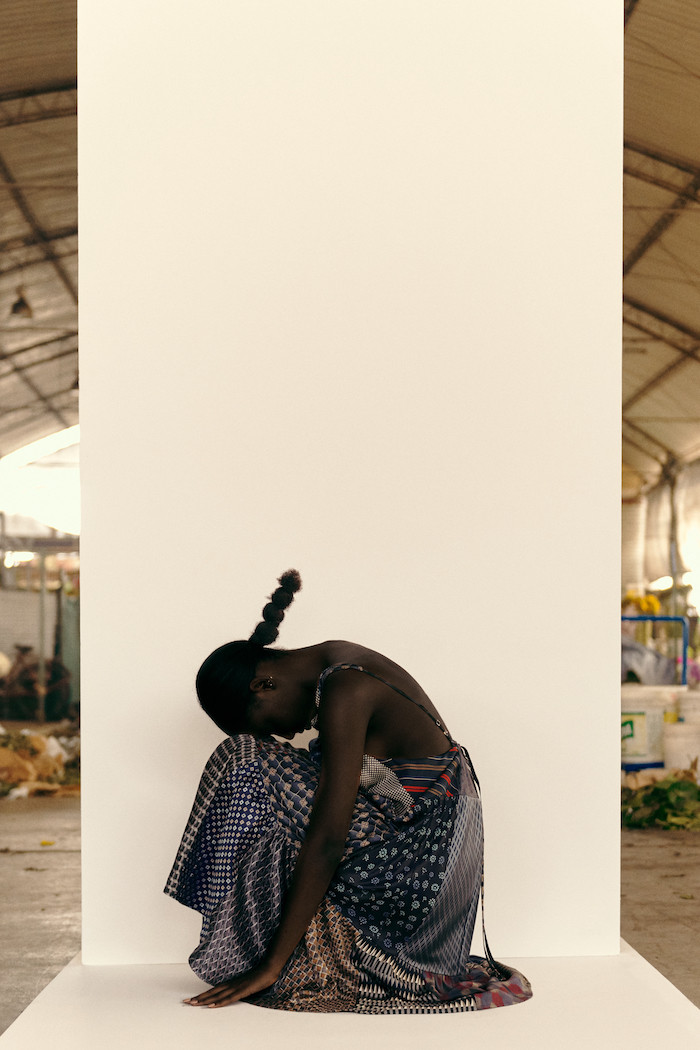
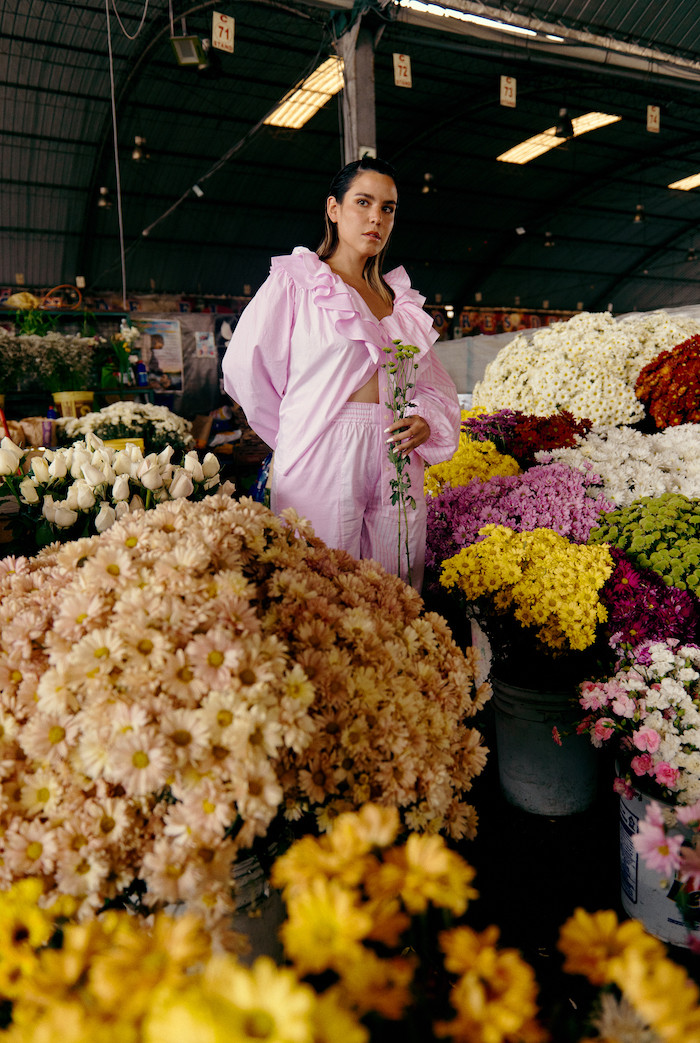
I love that you brought up this educational aspect because that is so, so important to be that beacon in the industry. Two of the things that LOTI focuses on are this zero-waste factor and expelling a minimal carbon footprint — can you tell me a little bit more about both of those things?
Of course. I do actually want to start changing the terminology of zero-waste to minimal waste because part of being transparent is being completely honest. We started using the terminology zero-waste because aside from our primary fabrics already being scraps from production from factories, we were using our own scraps to make smaller accessories. So I wanted to showcase how special these accessories are because they're made from scraps of scraps. But ultimately, is it zero-waste? Are there still little things that get left behind even when making these accessories? Yes. And that is an honest answer. So now I would like to shift to minimal waste because that also sounds a lot more attainable. I never want to mislead anyone. Right now, you don't actually end up with zero-waste. There are still threads and little things that we haven't figured out how to use. We do save it all because I think one day I will figure it out, whether it's stuffing for a cushion or even donating it to a business that can do something with it that is maybe not necessarily fashion. It doesn't all have to stay within fashion. But one thing we will always do is figure out an item to produce to be able to use our own production scraps.
And then you mentioned carbon footprint — I have a little story for that. When I first started upcycling, I went to a Goodwill and I saw racks filled with pristinely pressed men's dress shirts that honestly looked new. That really impacted me. And at that time, I was thinking of upcycling — I was like, 'How can I do this? How do I incorporate this into a business?' So that day I bought 300 of those shirts. I think it took me almost a year to develop the aesthetic, using upcycling, that I wanted to develop for the brand. We ended up upcycling over a thousand men's dress shirts from the Goodwill outlets. But when it came time for me to take these shirts to the United States to sell, I was like, 'Wait a second. There's a disconnect here.' Yes, the intention of upcycling men's shirts is great. But I saw a red flag already — air travel has a huge carbon footprint. It was actually my dad who brought up this point, he said, 'Peru is a textile hub; I'm sure you can use someone's garbage.' So then I actually knocked on a lot of doors of factories in Peru. Most of them were not interested — but a couple of them were, one of them being the biggest vertically-integrated, 100% cotton producer in Peru. They actually have all of the sustainability certifications that I would want a factory that I'm working with to have. So that was a huge added bonus. Now we directly upcycle all of their manufacturing scraps and their damaged rolls of fabric. So our textiles are in Peru and we avoid all of that air travel, which was huge for me.
It's a learning experience and you found your way — I think that's amazing. You were also able to bring it back home by figuring out that everything you needed was right there.
Yeah, and now we have other factories that are like, 'We care and we want to be a part of this too. We know sustainability is the future. How can we partner?' So we've actually partnered with a boutique factory in Peru that makes shoes and uses leather. Their leather is ethically sourced and we've vetted that from the beginning. So now we're going to be doing some accessories in patchwork leathers from their production scraps. We're very excited about that as well.
Do you have any plans to expand into any more accessories past bags?
Yeah, definitely. And they are wanting to help us develop that. Again, it's a boutique factory, so it's a very small kind of family-run factory, so I feel comfortable with that. Right now, we actually don't work with any factories. I've built my team from scratch, which I'm really proud of because it's created this bond between all of us. We all want to see LOTI do well. Everyone puts so much heart and soul into everything we do and the boutique factory also operates in the same way. They toured me around a few times and I felt it in my gut that it was the right thing — I saw no red flags. I see lots of green ones actually — so much willingness to want to do better. But we actually do have more accessories that we've done ourselves. We have our silk bras, so these are made out of men's ties. We also have our silk head-pieces. And our newest development, which is not an accessory, but I'll show it to you because it has to do with the ties. We created a tie dress. She's truly a work of art. It's taken us over five months to develop her and the fit is great. We're trying to get all of our upcycled pieces to that standard, to be really competitive with non-upcycled pieces and just as beautiful and well-made.
How has Peruvian culture and influences from the city of Lima made their way into your designs? Do you take any inspiration from the colors or the sounds of the city, and how does that manifest into the product?
I think that's always an interesting question, just because generally, I think when you say, 'I'm a Latin designer,' people expect a certain aesthetic from you. But then you have designers like Jacquemus; he's French, but not all of his collections are directly inspired by France or aesthetically look French. We want there to be more space for Latin American design to be able to just design freely without the pressure of 'looking' Latin American, because, ultimately, my designs and my collection are Peruvian because I am Peruvian and the people who make them are Peruvian. But I do think it's inevitable for a place like Peru to inspire design just because it is so beautiful and rich in culture and textiles. In this case, Peru is providing me with the textiles. So that's already a huge aspect that I'm taking design-wise from there, for sure. And Peru is so diverse — for example, I grew up in Lima, so it wouldn't be authentic for me to be inspired directly by Cuzco or somewhere else. These countries are just like the United States in that every state is so, so different. But Lima is wonderful and beautiful. The people mostly inspire me and street style in Lima definitely gets my brain moving and I will snap little things here and there with my memory.
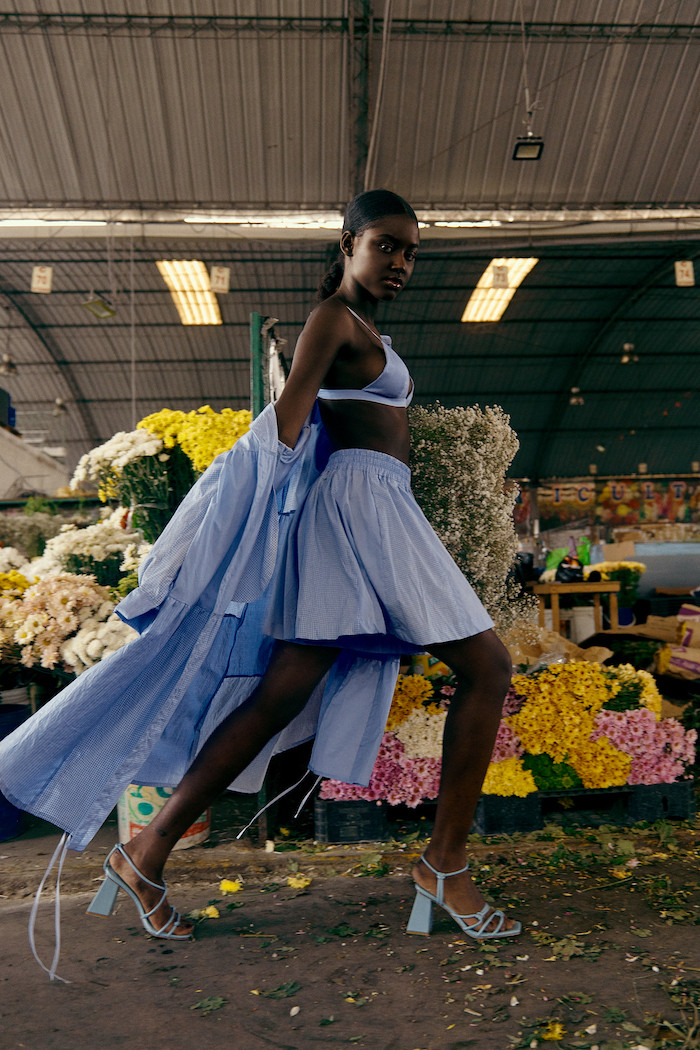
It seems that you have an eye for seeing the potential in an otherwise mundane item, so what has been your biggest upcycling success thus far? Maybe it's the tie dress?
I mean, in aesthetics, it is the tie dress just because it took so much. Ties come cut on the bias, which is the hardest cut to work with — each little panel in the tie dress is cut on the bias. So that was a construction challenge and a design challenge. It was also a sourcing challenge to get all these ties. It had challenges all around. So I think I am the most proud of that. But in terms of impact, I am really, really proud of the connections we are now making with the factories. I now see how we can make such a big impact. I look at all of the textiles that we have and I think of where they could have ended up, and it makes me so happy to know that now there are pieces that I truly, truly love and that so many other people are really loving as well.
And it has to be so fulfilling now, knowing that the scope of the impact that you can have is maybe even larger than you first expected.
Another cool concept has been to be able to help people rethink upcycling. We want people that would've otherwise thought, 'Oh, upcycling isn't for me,' to change their minds, and think, 'This brand is doing it a little differently — I feel more comfortable this way.' Ideally, we want more people to have upcycled products in their everyday rotations.
It's so amazing to be able to present this new way of consumption to people. What characterizes this collection visually and aesthetically and what else do you think makes it different from some of your previous collections?
All of our pink pieces, which is the main color for this collection, are dyed. So that's new for us. I am actually also a textile designer. So my textile background really does help when figuring out how I want to upcycle these pieces. We have been working with an amazing person named Carlos in Lima. He has a small dye studio and we've been dying pieces there. We are doing garment dyes at low saturations, in order to unify the garments in our specific color, but still be able to see the personality of each fabric. You know, we want to celebrate upcycling. That’s who we are. That’s our brand DNA. So we landed on a 40% saturation dye that still lets each fabric have their own personality. Carlos works out of his home studio in Lima and he is new to all of these sustainable practices, but he's open to it. So what we're going to be doing with him is figuring out the best methods. A lot of what is so meaningful about LOTI is working with people — people to people. In my gut, he felt like the right decision. I'm so happy we get to work with him.
What do you hope that the brand can teach other brands or maybe show other brands as leading by an example?
Hopefully, we can show other brands that the fashion system at its core is broken and was built off of profiting from our non-renewable resources and people's hard work — ultimately, it is capitalism at its finest. We can change those systems. We should change those systems if we want fashion to be a positive industry that we can all feel good about and celebrate. I think that can be a scary thought, especially for someone that hasn't necessarily worked in the industry or has had like the background of going to school for fashion. But so much of it is trial and error. So I think if you're a new brand, it is the time to completely rework the system and disrupt, because the current systems are not working and people are responding well to disruption. So, I guess, don't be afraid to be different. It is a lot of work and it is a lot of problem-solving. But as I said before, you don't have to do it all. I'm not here saying that we are doing everything perfectly. My focus right now is on textile waste reduction and ethical production and community. Do we want to expand to more things? Yes. But that will come in time because we need to make it sustainable for us. But as long as you are starting off by prioritizing these things as the core model of your brand, you'll be okay.
